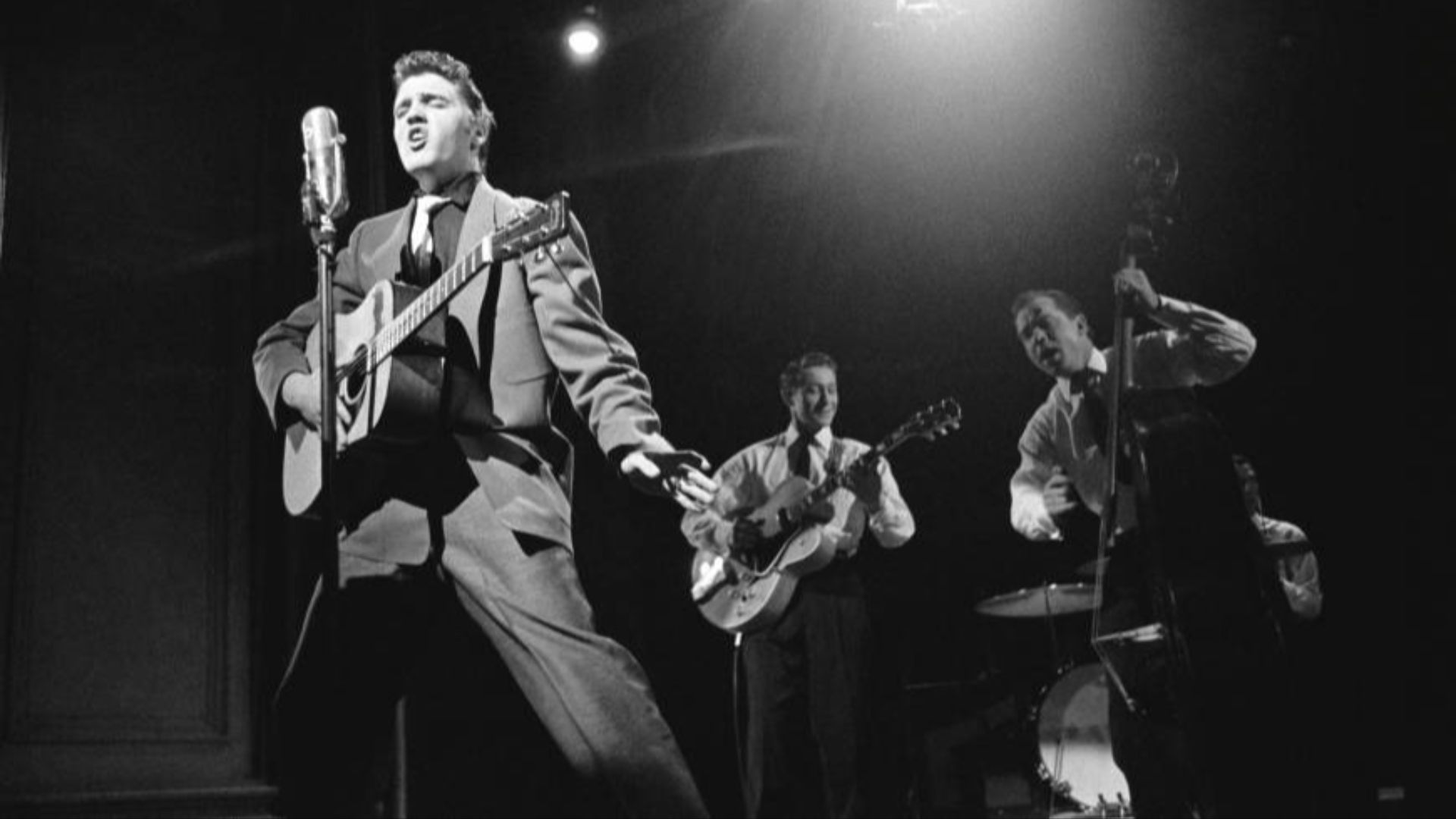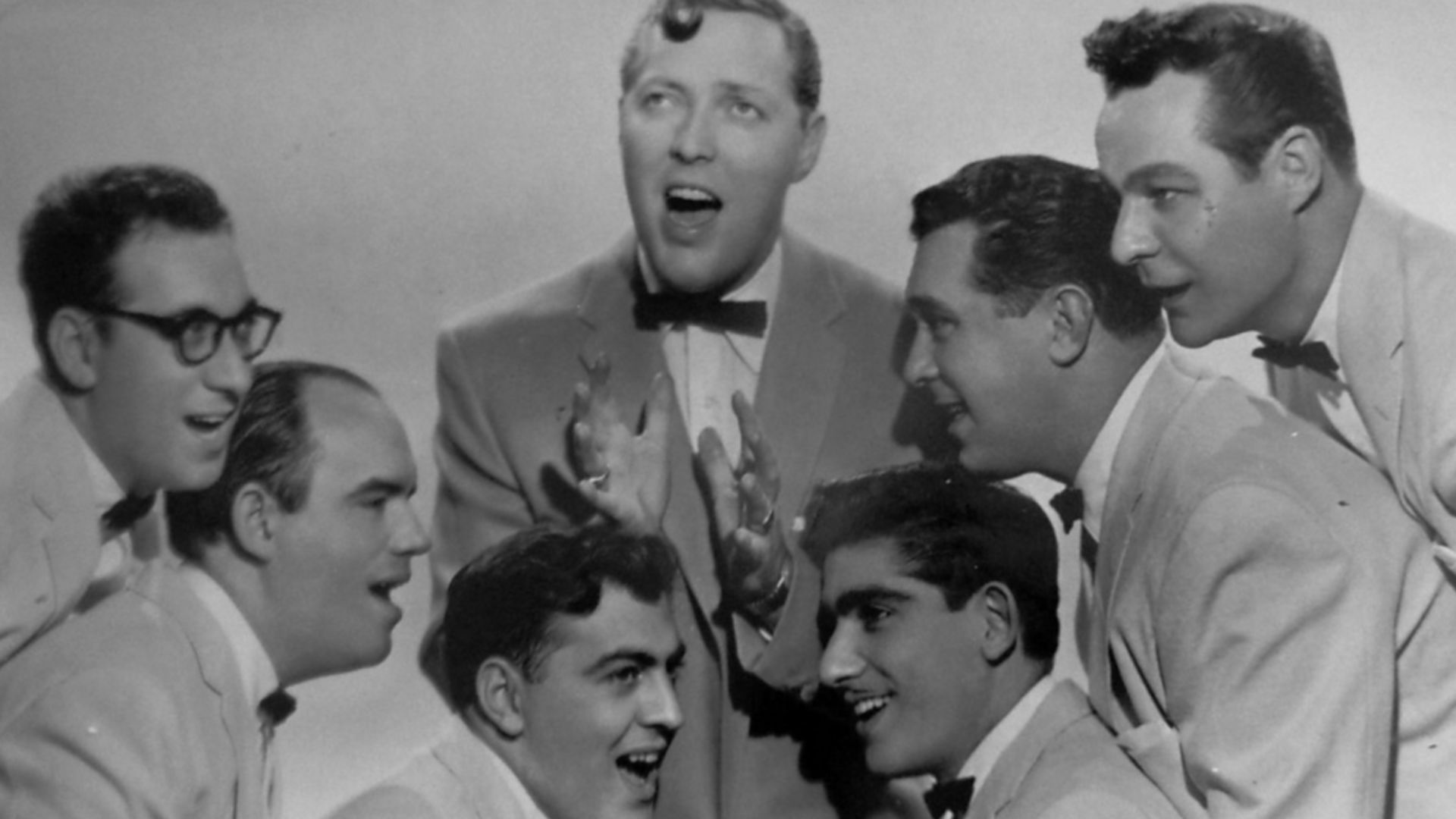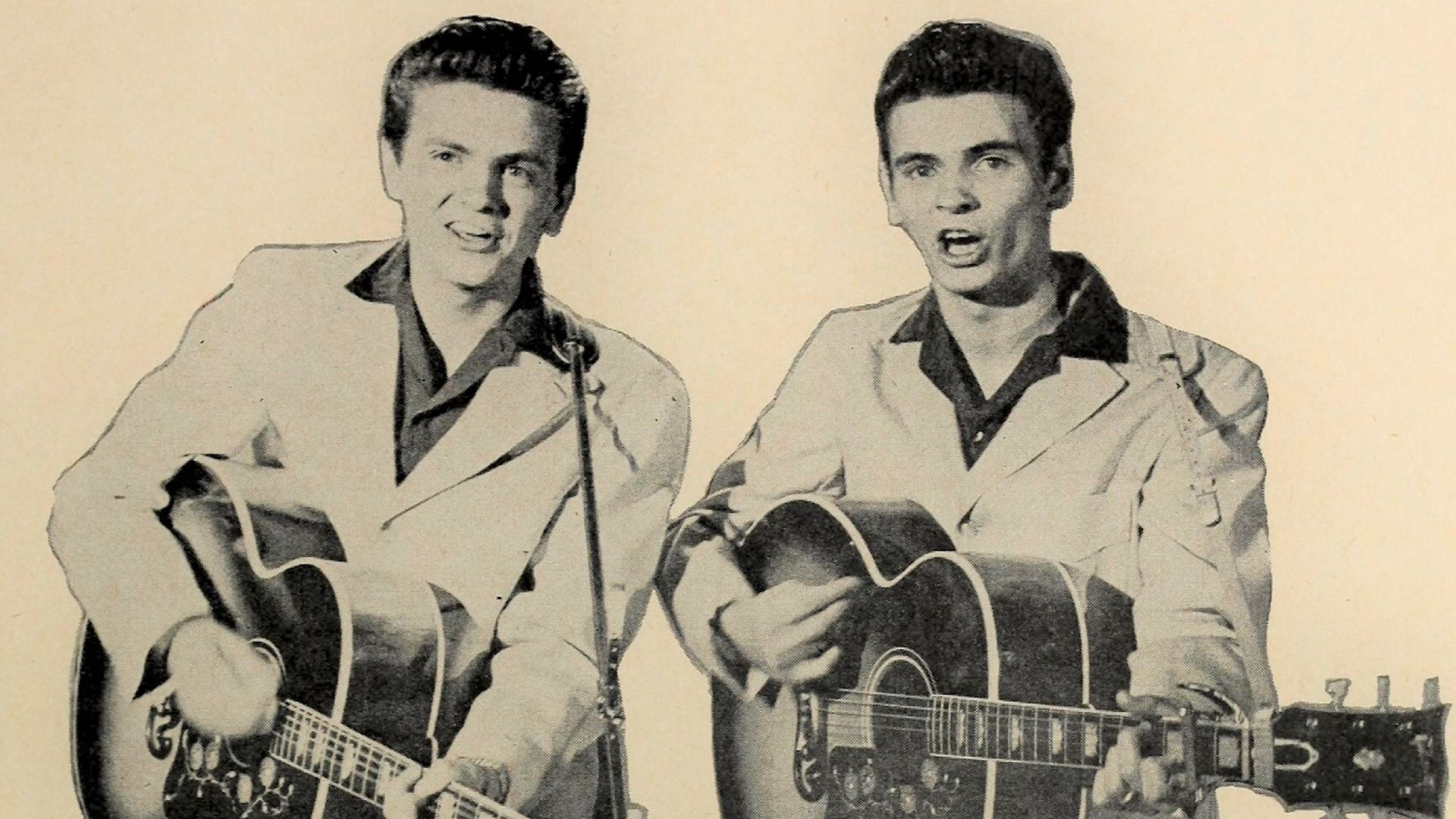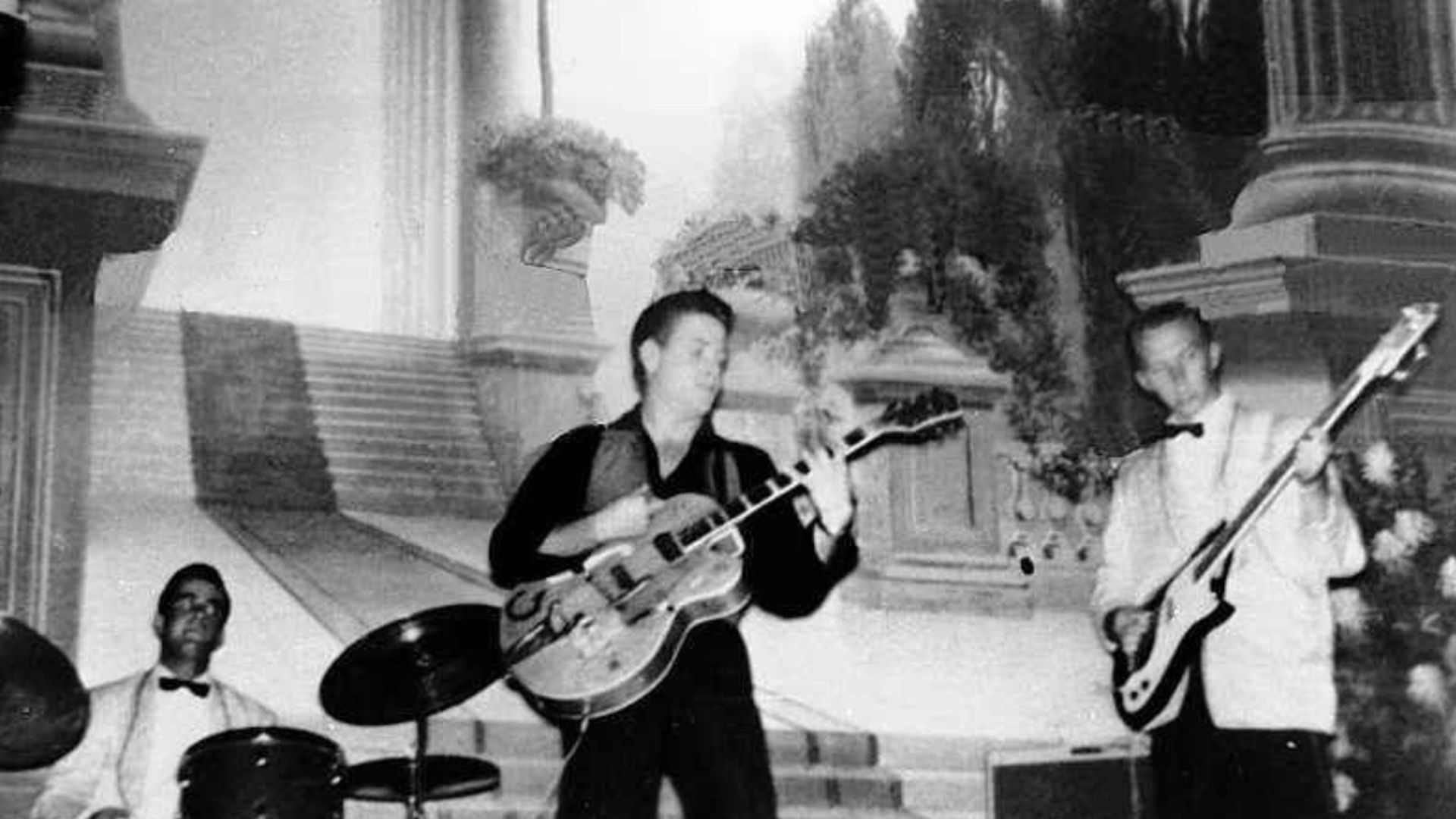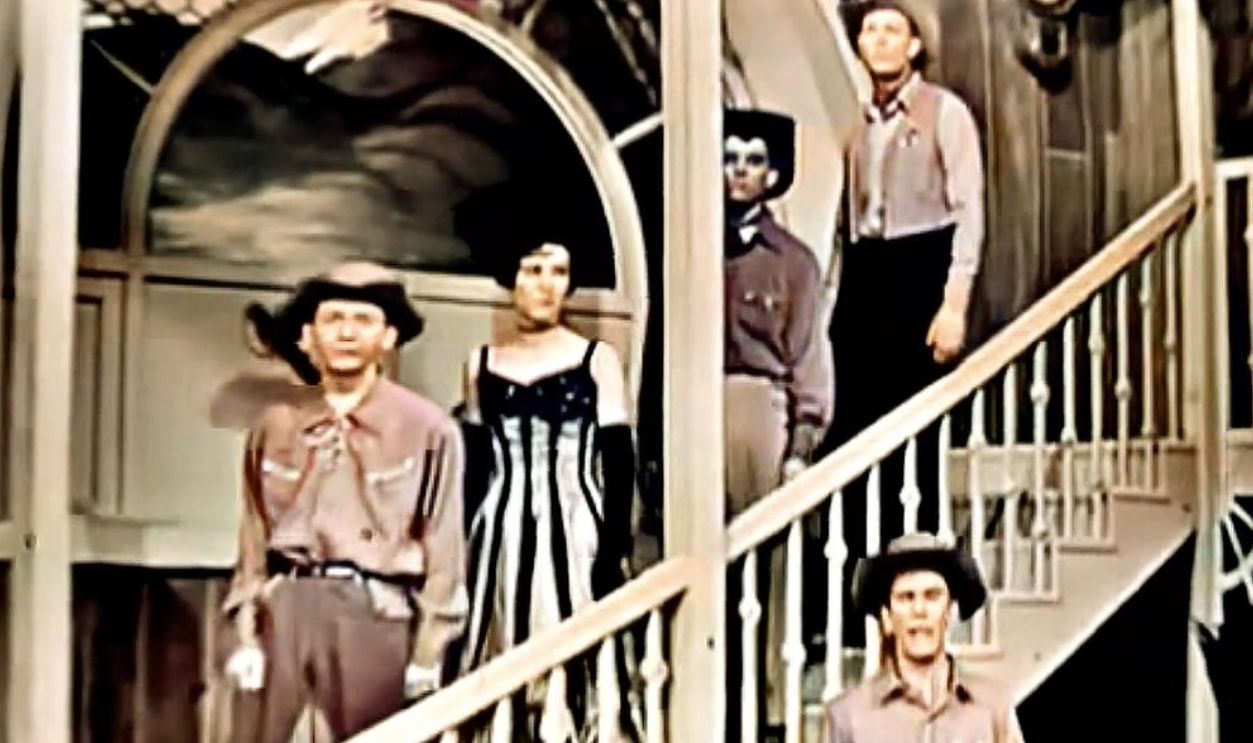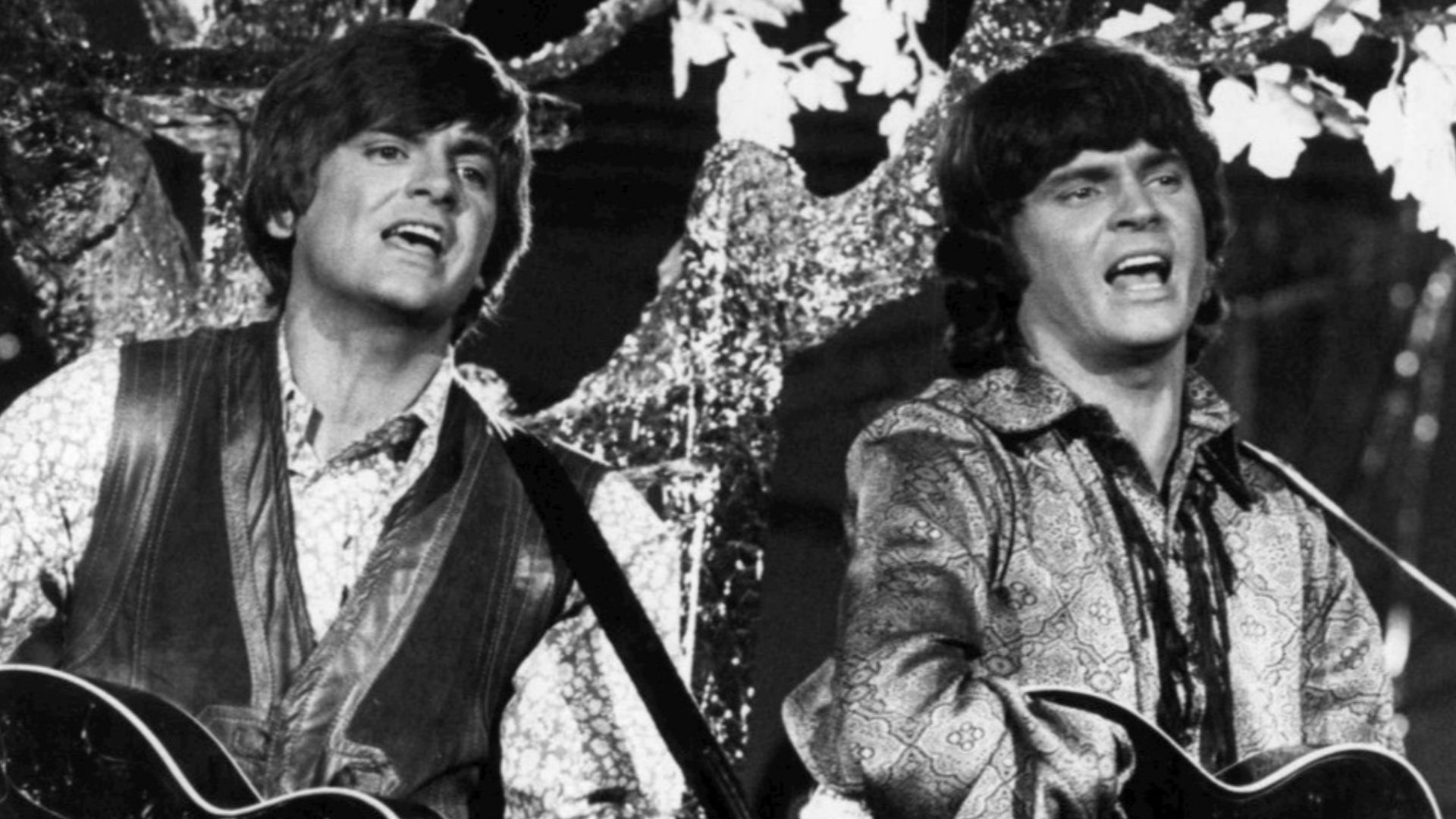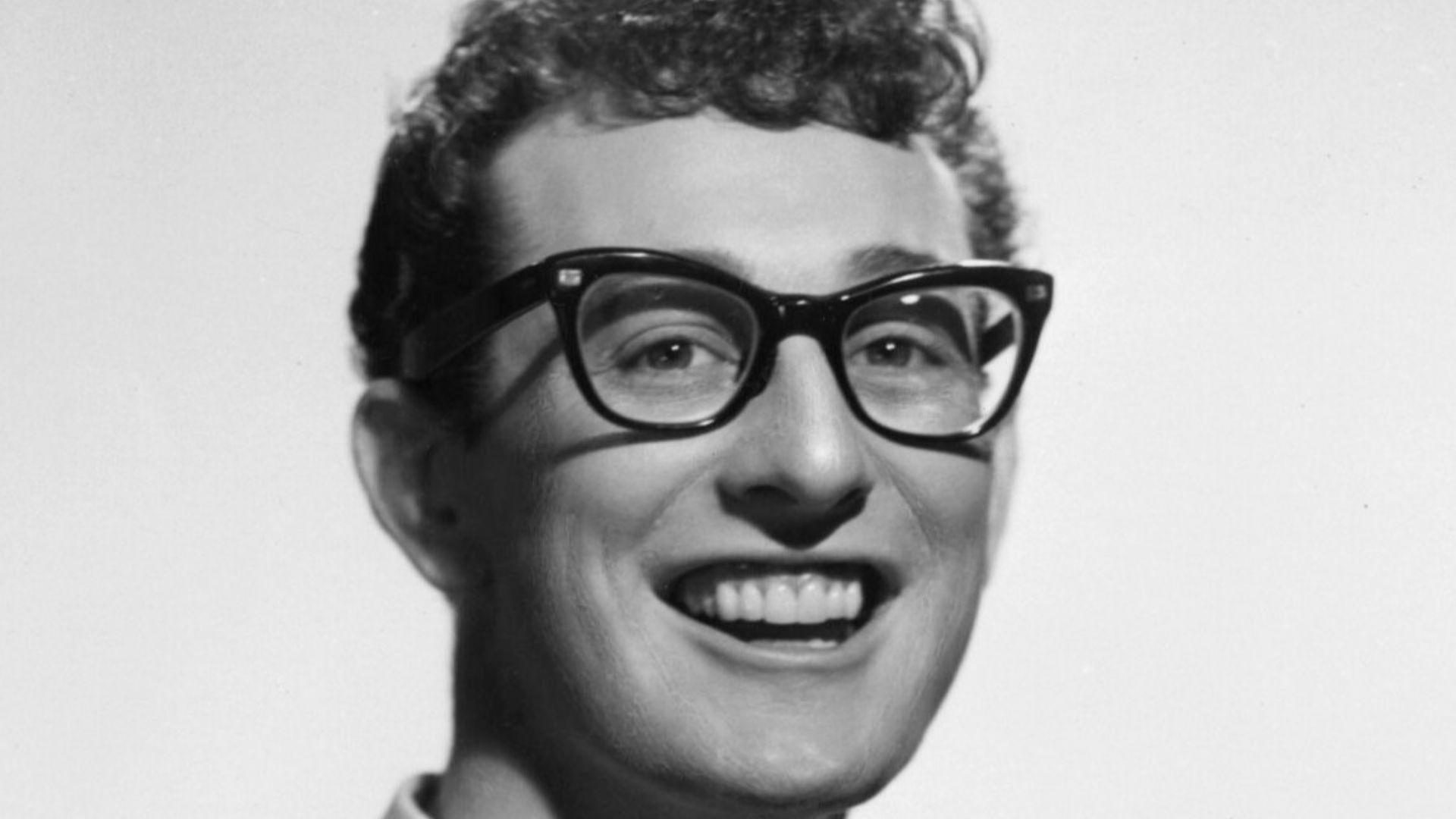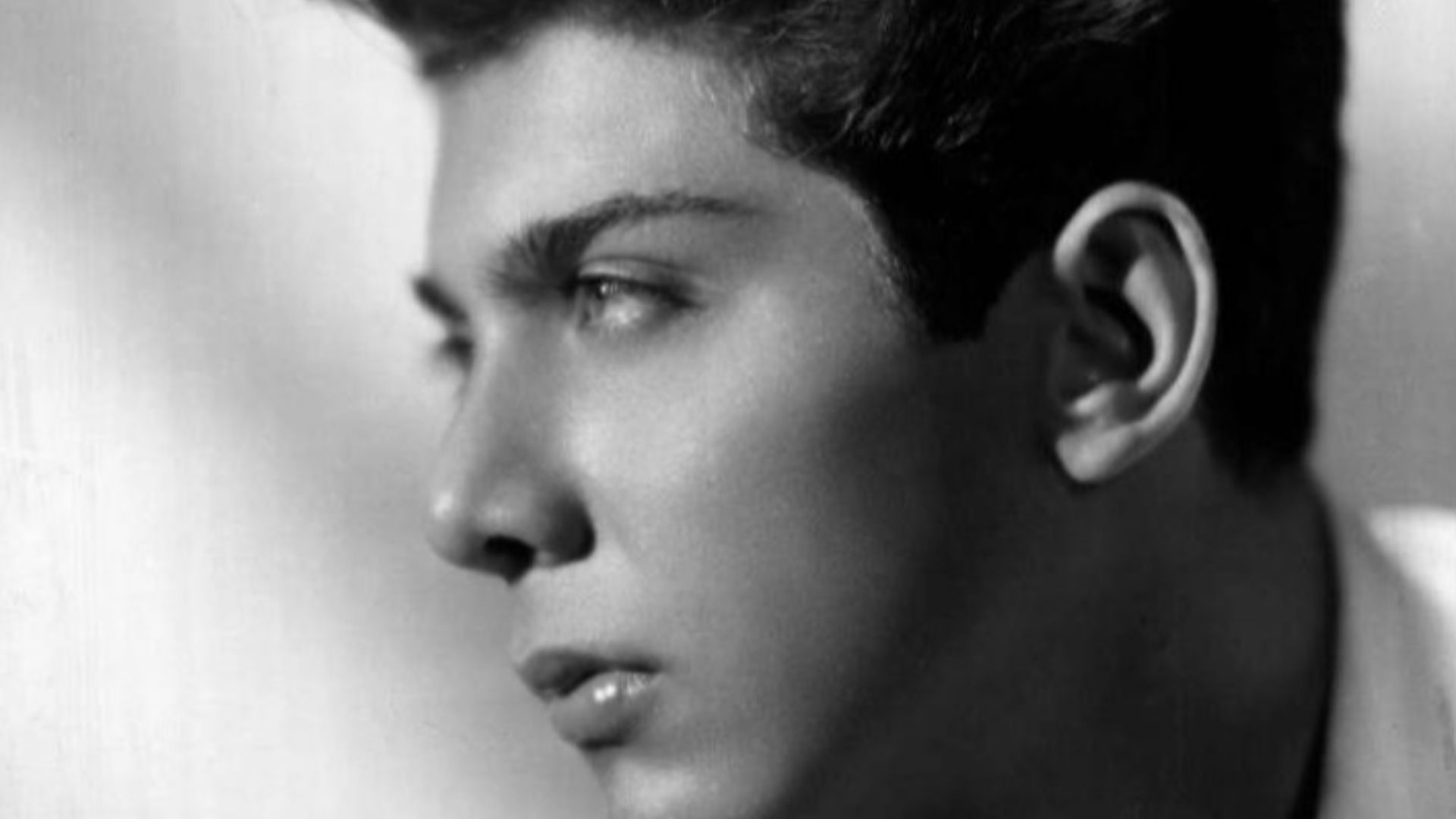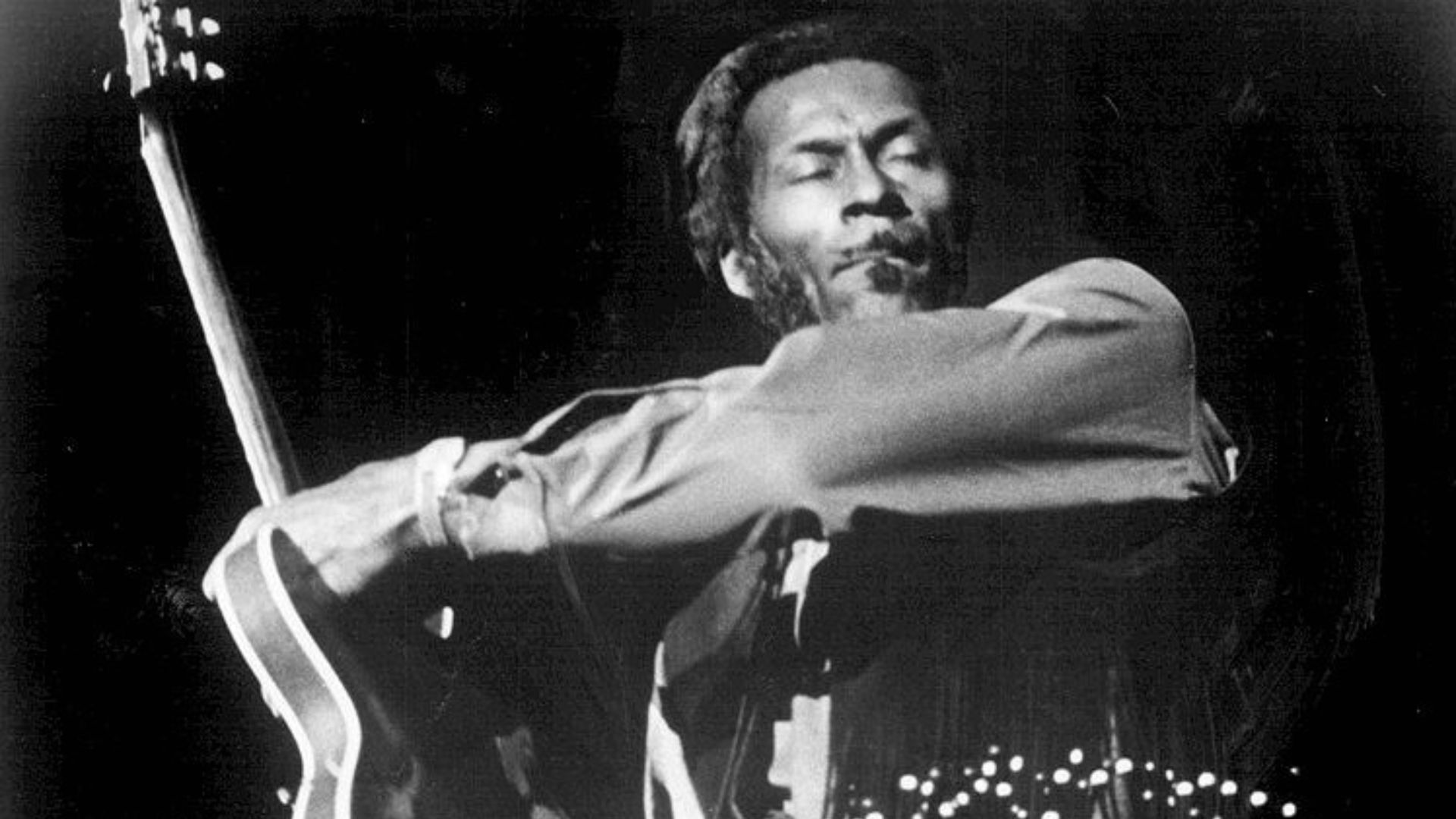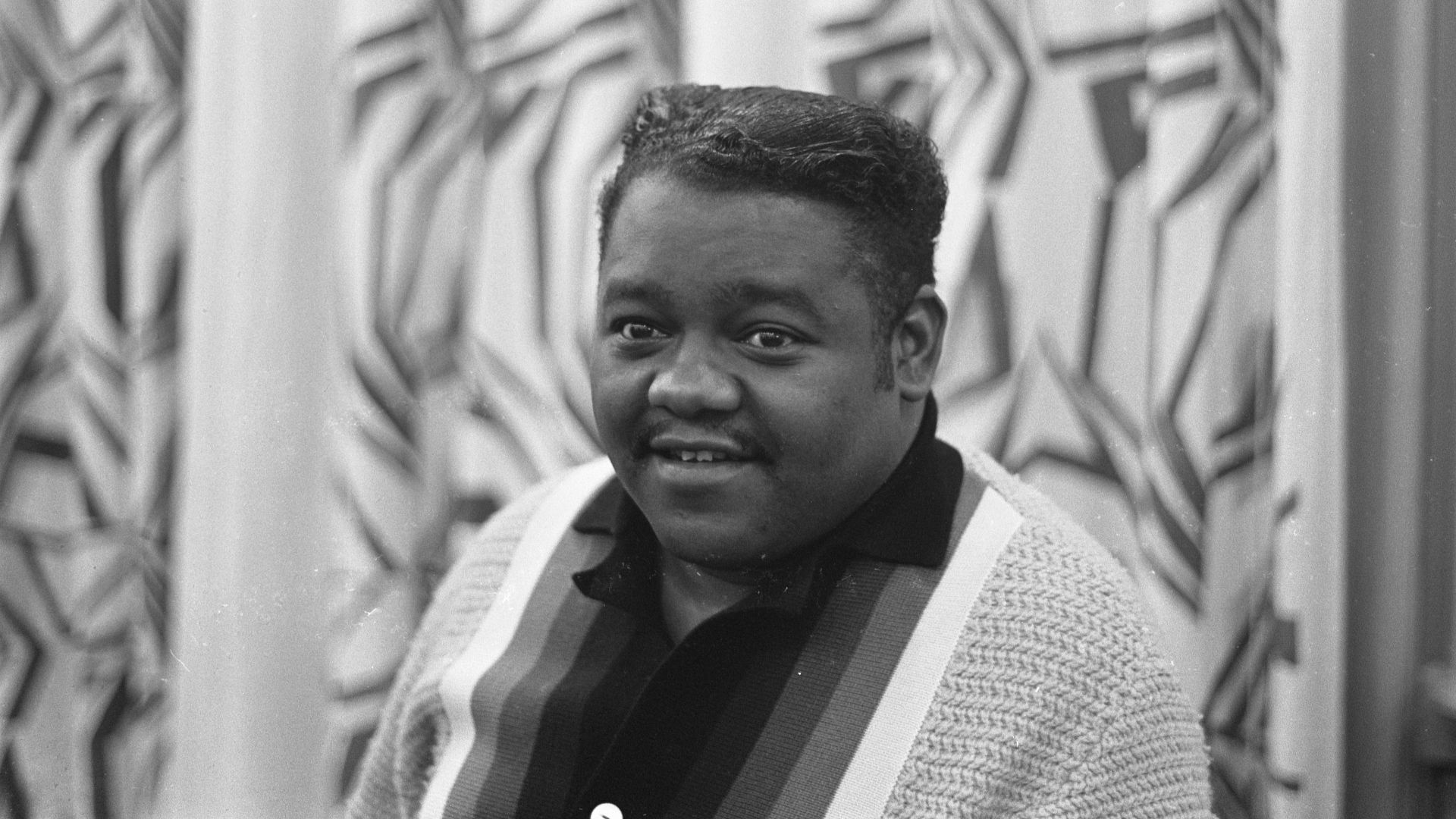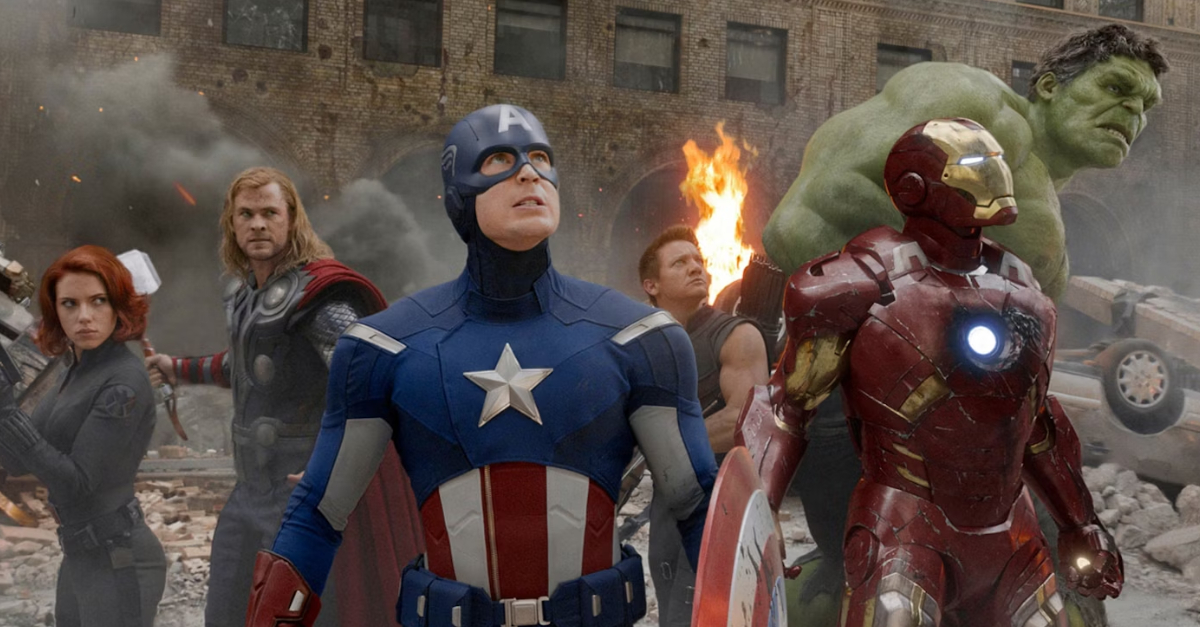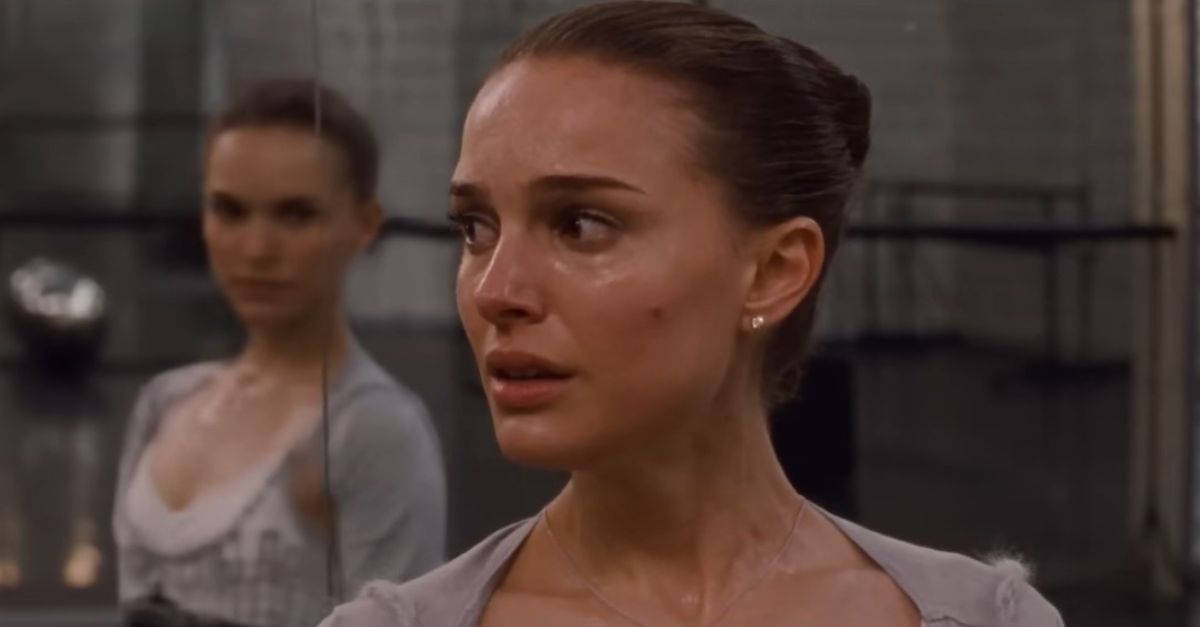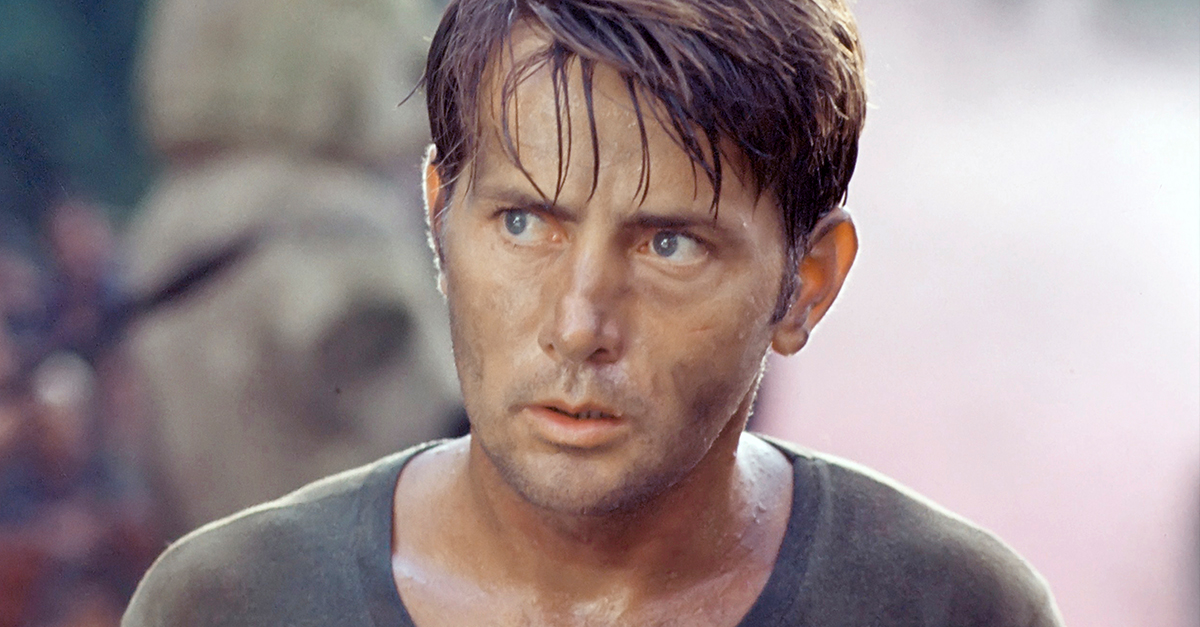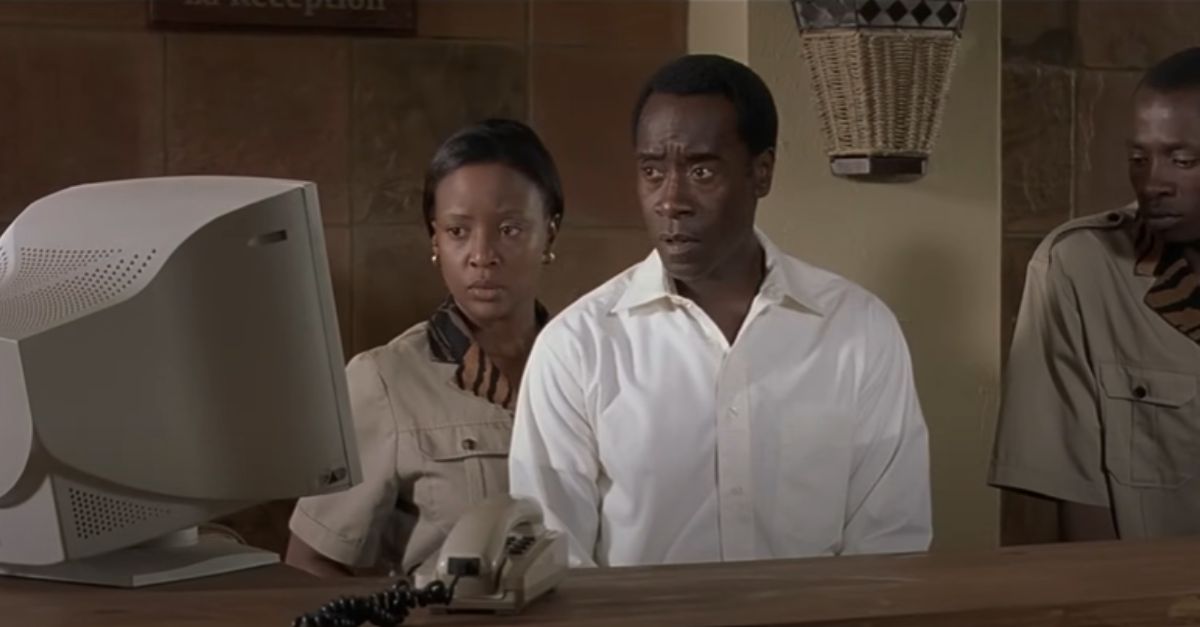Most Iconic Tunes
The 1950s was a decade of change as rock and roll exploded and rhythm and blues found its way into mainstream culture. So, what songs capture the era's energy, romance, revolution, and raw musical innovation?
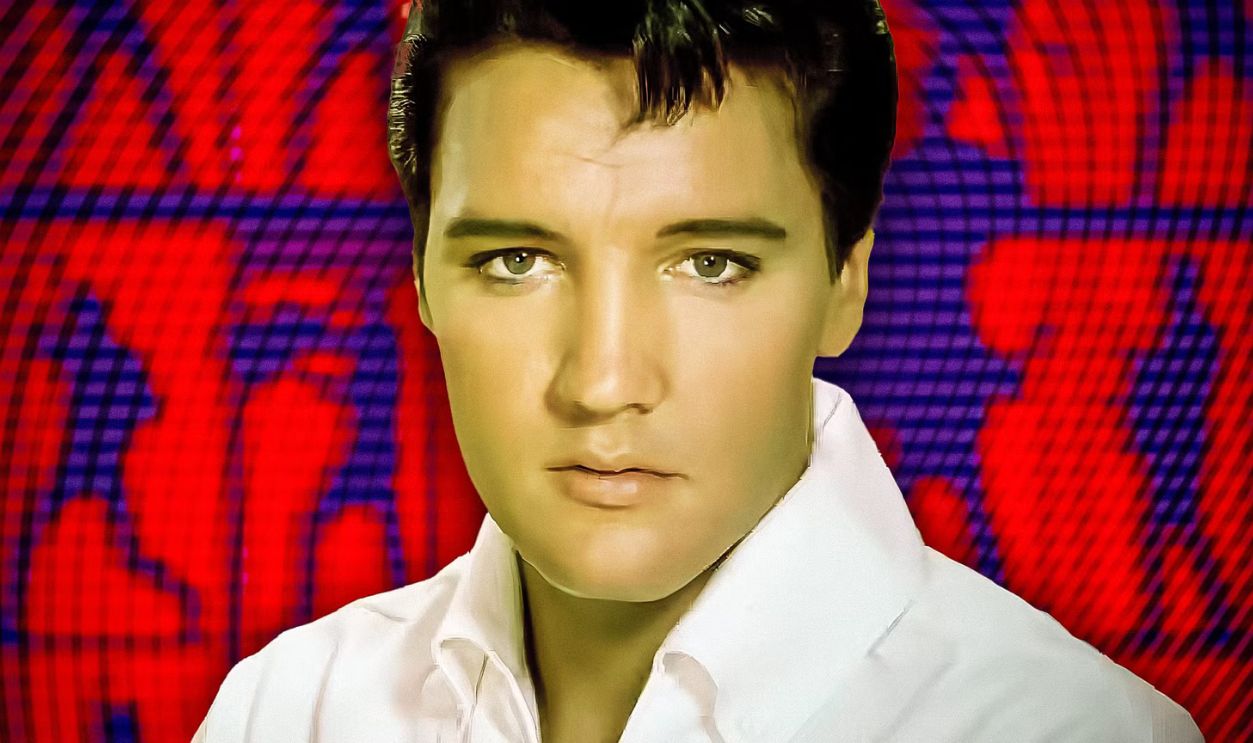
"Johnny B Goode" – Chuck Berry (1958)
If rock and roll had a theme song, "Johnny B Goode" might be it. Chuck Berry's electrifying guitar riffs and storytelling lyrics introduced a new kind of swagger to American music. Inspired by his own life, the song follows a poor boy who dreams of fame.
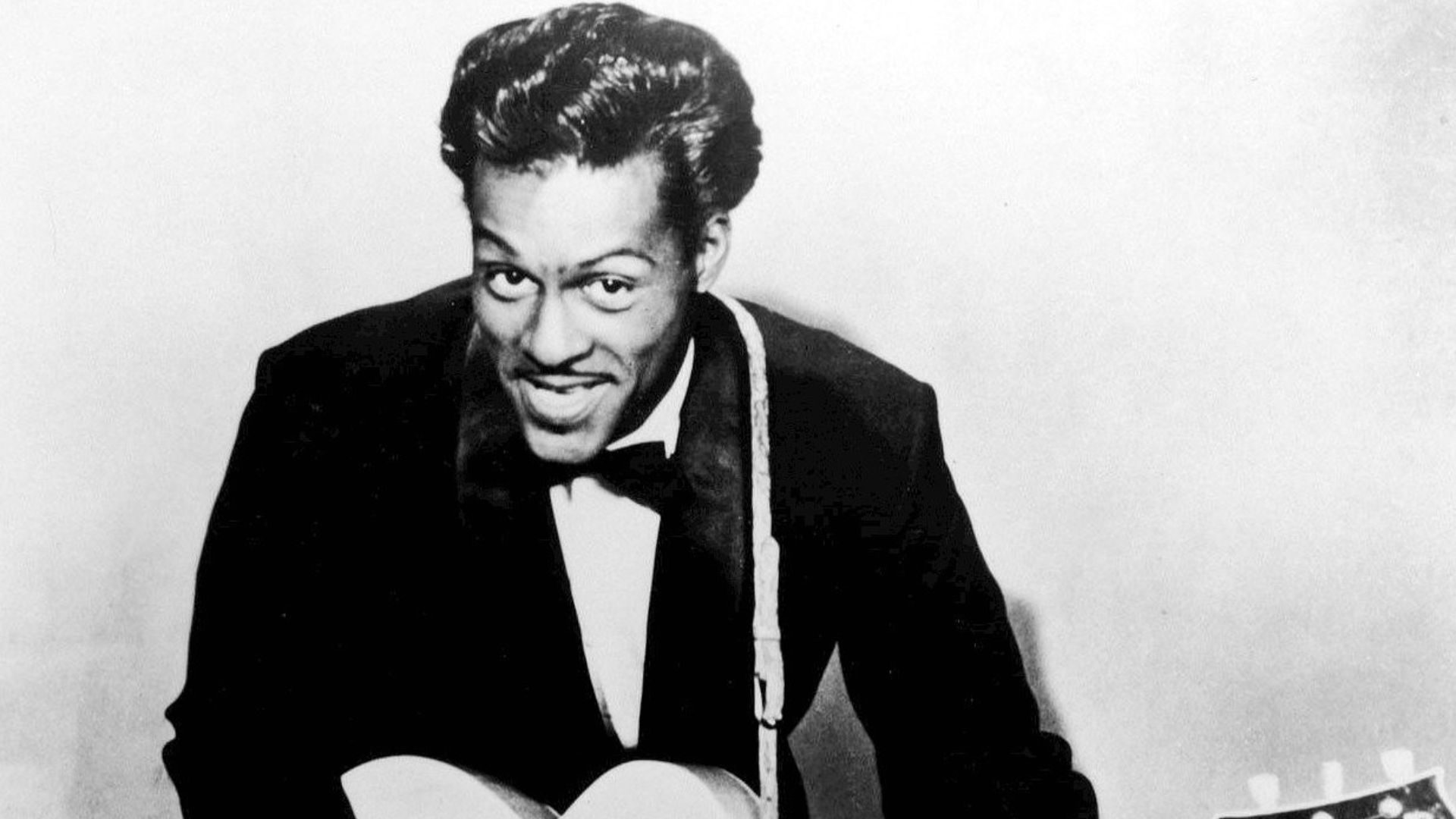 Universal Attractions (management), Wikimedia Commons
Universal Attractions (management), Wikimedia Commons
"Sh-Boom" – The Chords (1954)
"Sh-Boom" is often credited as one of the first rock and roll hits, blending doo-wop with an irresistible, upbeat energy. Originally recorded by The Chords, the song was later covered by The Crew Cuts, whose version was more polished but lacked the raw soul of the original.
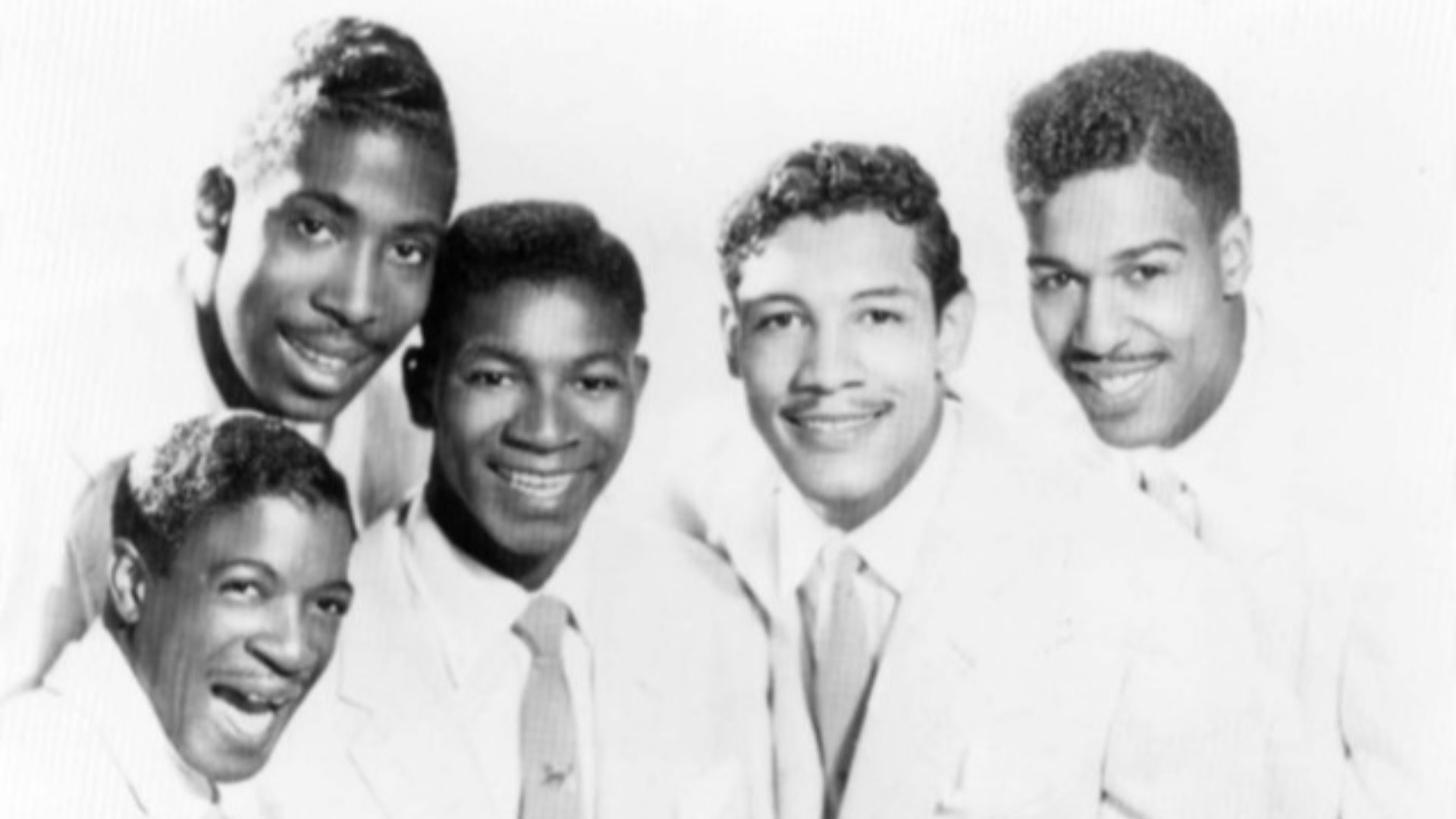 Distributed by Cat Records, Wikimedia Commons
Distributed by Cat Records, Wikimedia Commons
"Blue Suede Shoes" – Carl Perkins (1956)
With "One for the money, two for the show…" Carl Perkins cemented his place in rock history. Written after he overheard a soldier warning his date not to step on his shoes, "Blue Suede Shoes" became a crossover smash. While Elvis later popularized it, Perkins' version remains the definitive take.
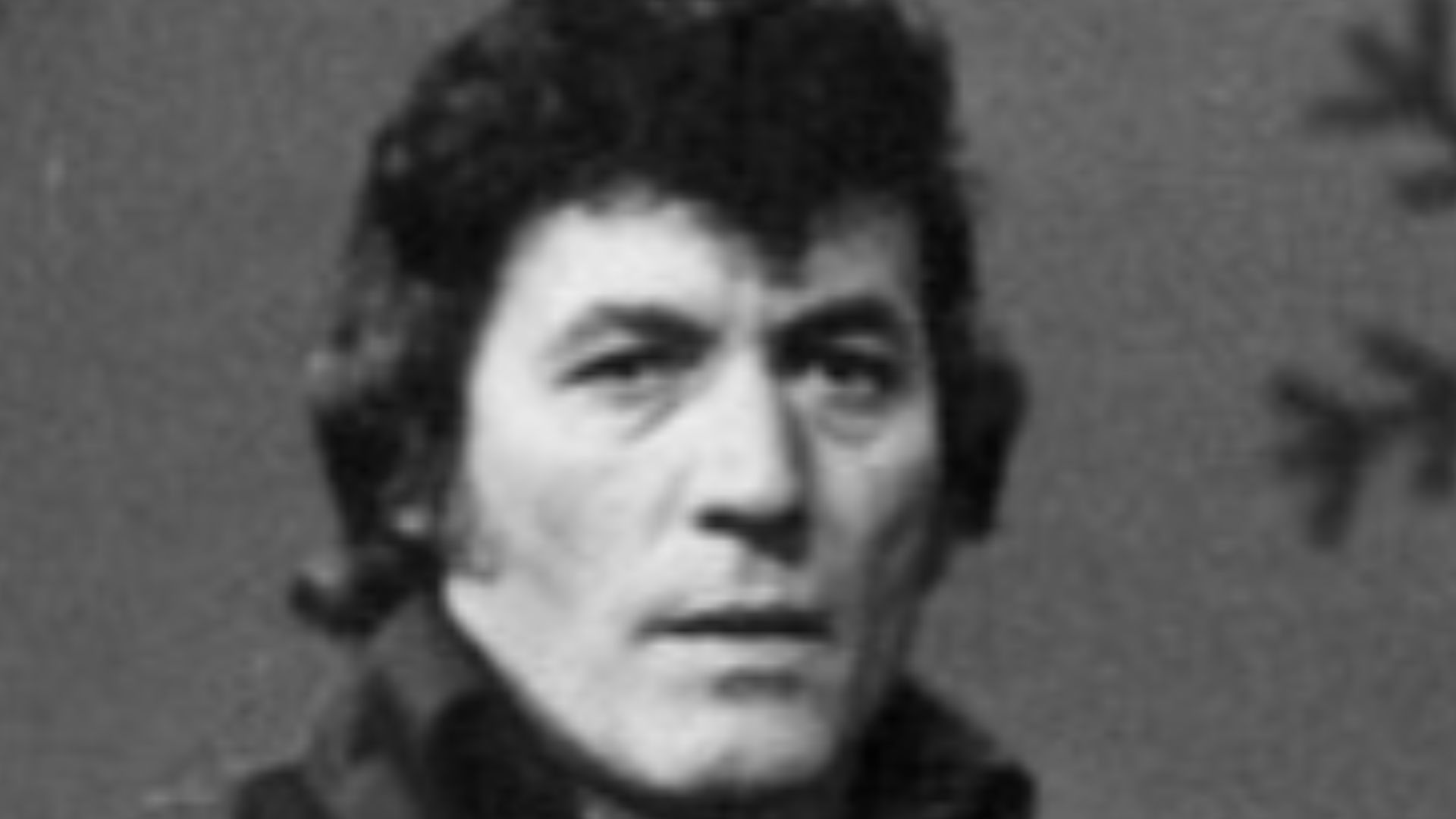 CBS Television, Wikimedia Commons
CBS Television, Wikimedia Commons
"Hound Dog" – Elvis Presley (1956)
Elvis Presley's "Hound Dog" wasn't the first version—that honor goes to Big Mama Thornton in 1952. But when Presley's hip-shaking, raw-energy rendition hit the airwaves, it became an instant sensation. His performance on The Milton Berle Show scandalized parents and thrilled teenagers, proving rock and roll was here to stay.
"El Paso" – Marty Robbins (1959)
A sweeping story-song that blends country with a cinematic narrative, "El Paso" tells the tale of a cowboy's doomed romance and fatal duel. Marty Robbins' rich, balladeer-style vocals and the song's Spanish-inspired guitar work made it an instant classic, and the song won the first-ever Grammy for Best Country & Western Recording.
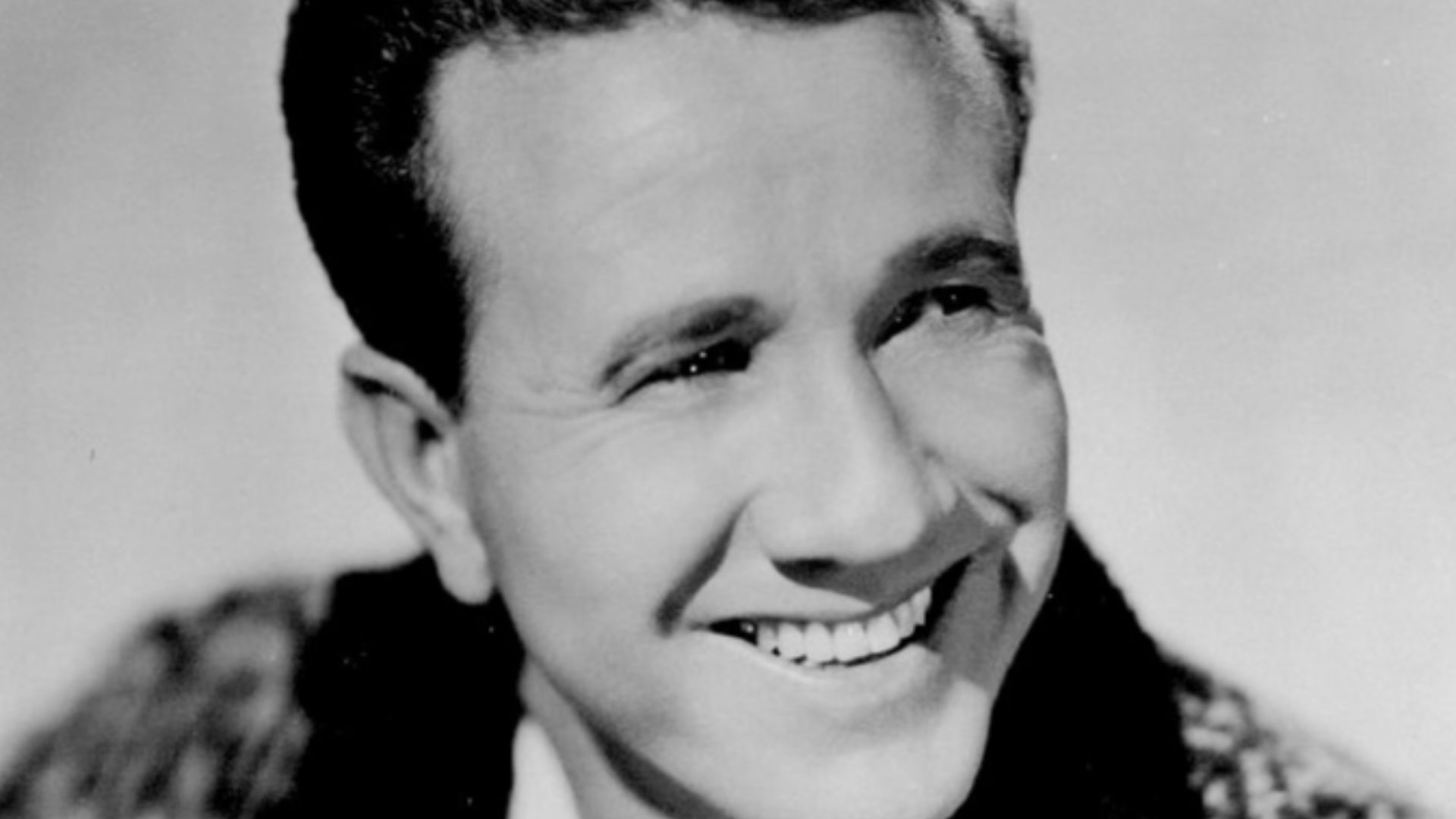 AMD Inc.-management, Wikimedia Commons
AMD Inc.-management, Wikimedia Commons
"Que Sera, Sera (Whatever Will Be, Will Be)" – Doris Day (1956)
A few songs capture the optimism of the 1950s, such as Doris Day's "Que Sera, Sera”. Introduced in Alfred Hitchcock's film The Man Who Knew Too Much, the song's simple yet profound message about embracing the unknown struck a chord with listeners and won an Academy Award for Best Original Song.
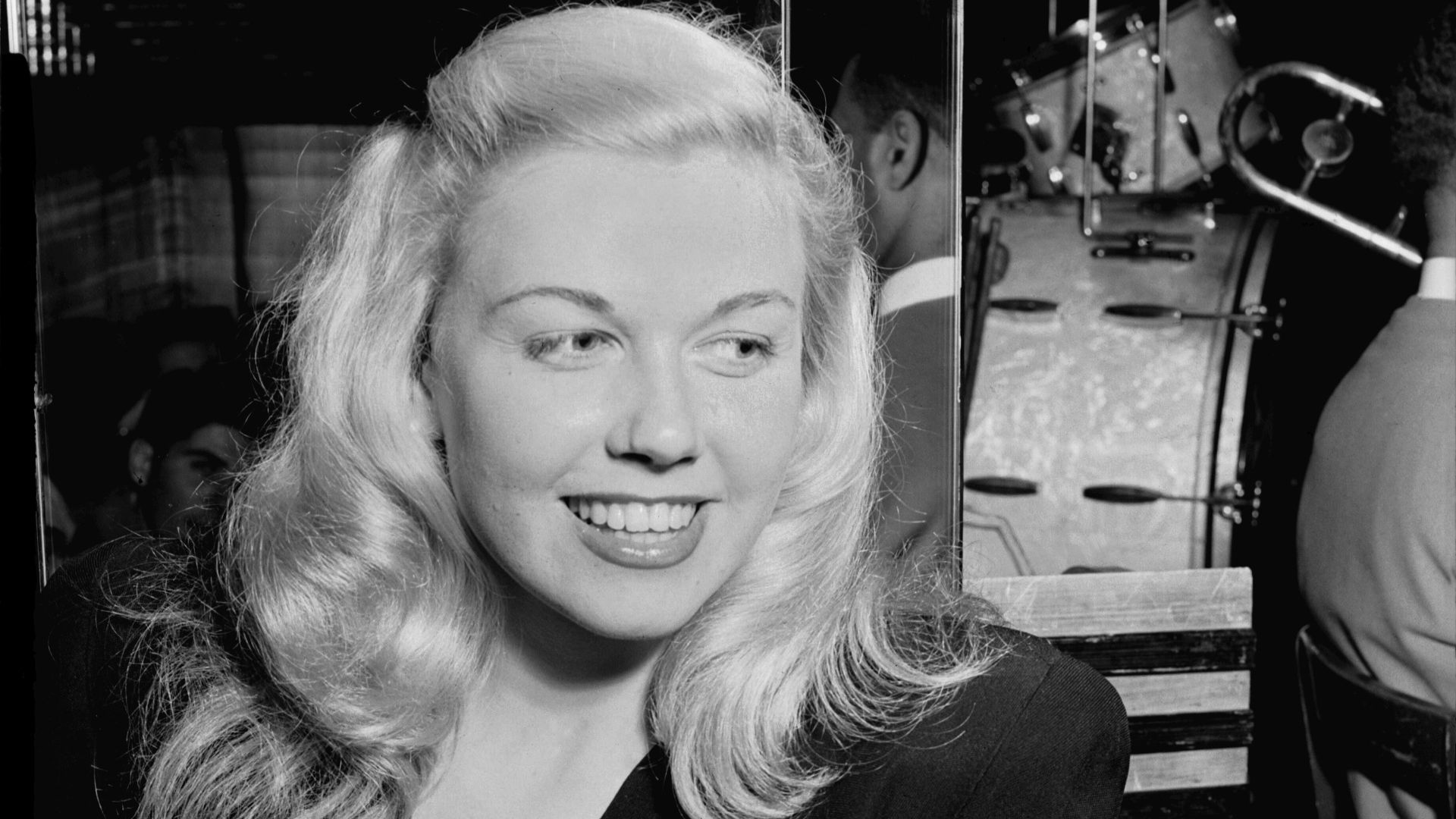 William P. Gottlieb , Wikimedia Commons
William P. Gottlieb , Wikimedia Commons
"Come Fly With Me" – Frank Sinatra (1958)
Frank Sinatra's "Come Fly with Me" is a smooth, sophisticated anthem to adventure. Written specifically for him, the song set the tone for the jet-setting culture that would define the coming decade. With its bright, brassy arrangement and Sinatra's effortless charm, it remains one of his most iconic recordings.
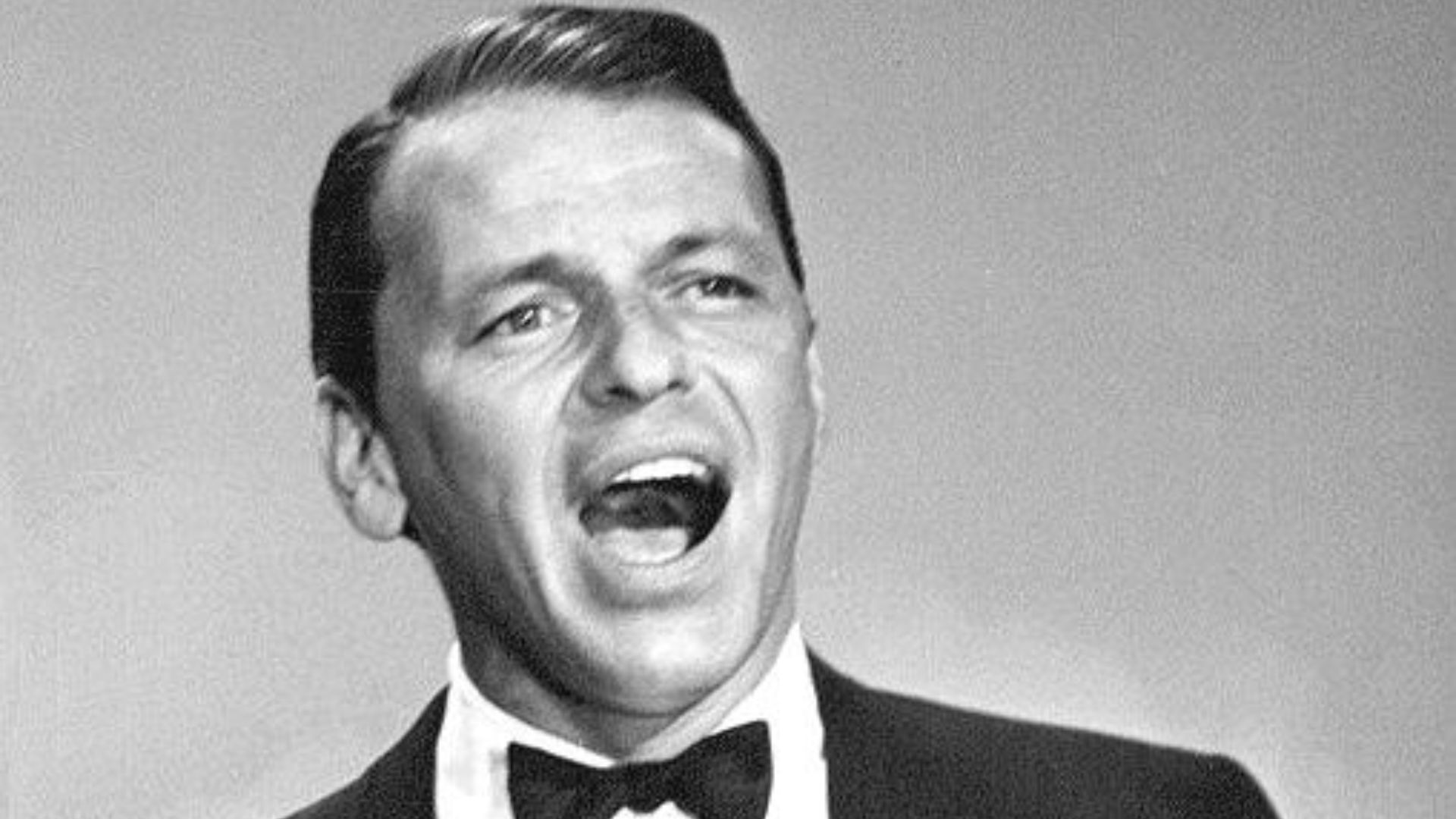 CBS Television, Wikimedia Commons
CBS Television, Wikimedia Commons
"Diana" – Paul Anka (1957)
Written when he was just 15, "Diana" became Paul Anka's first major hit, inspired by his crush on an older girl from his church. The song's youthful energy and catchy melody made it an international success, launching Anka's career as one of the decade's biggest teen idols.
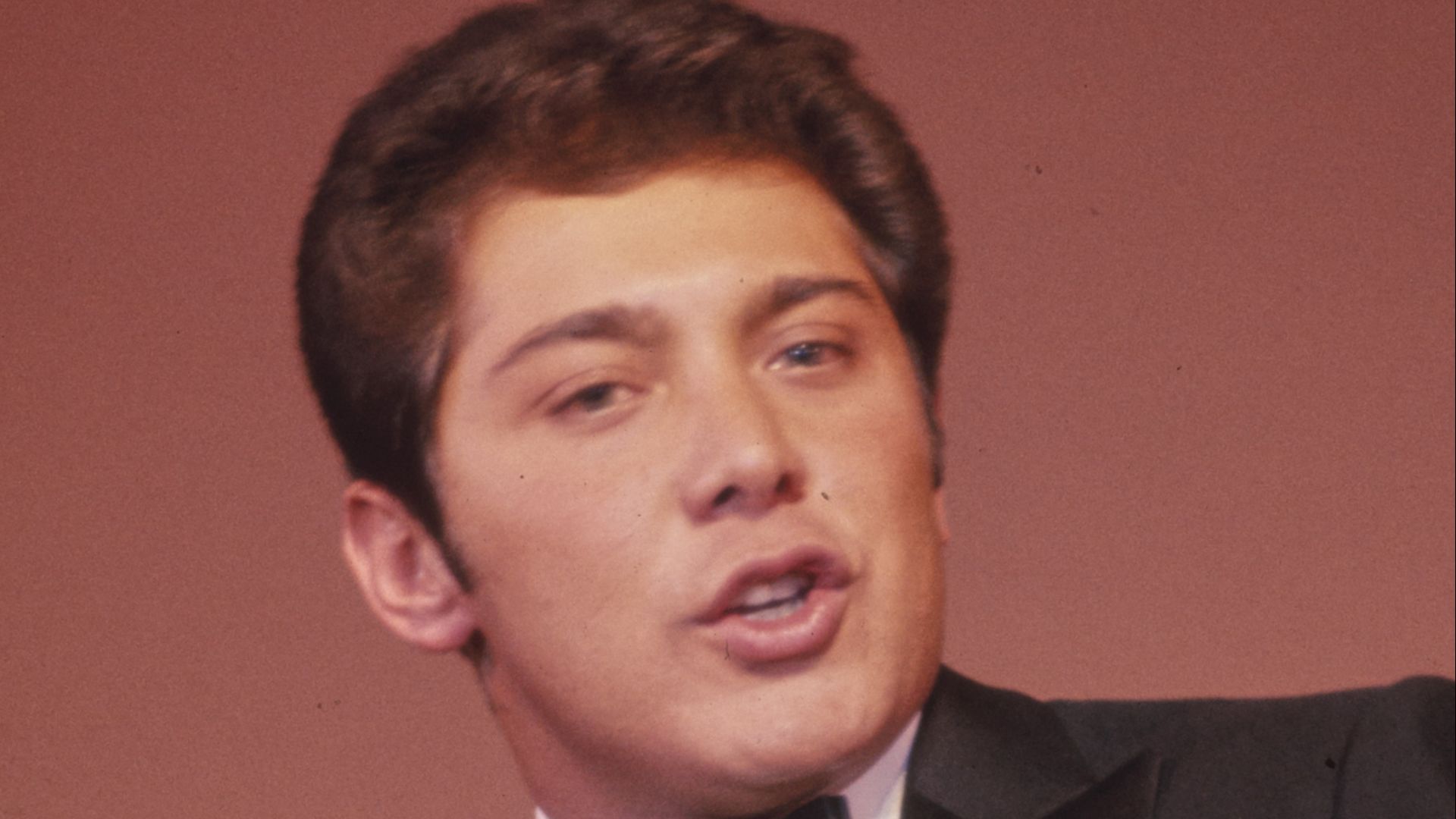 Gotfryd, Bernard, photographer, Wikimedia Commons
Gotfryd, Bernard, photographer, Wikimedia Commons
"That's Amore" – Dean Martin (1953)
Romantic and playful, "That's Amore" became Dean Martin's signature song. Its exaggerated Italian imagery and waltzing rhythm made it a staple of pop culture, often used to evoke a sense of nostalgia for 1950s romance. The song's enduring appeal has kept it alive in films and countless Italian restaurants worldwide.
"I Got A Woman" – Ray Charles (1954)
Ray Charles blurred the lines between gospel and R&B with "I Got a Woman," a song that laid the groundwork for modern soul music. The track's call-and-response vocals and bluesy instrumentation highlighted Charles' innovative approach. Kanye West sampled it in his 2005 hit "Gold Digger," which just proves its lasting impact.
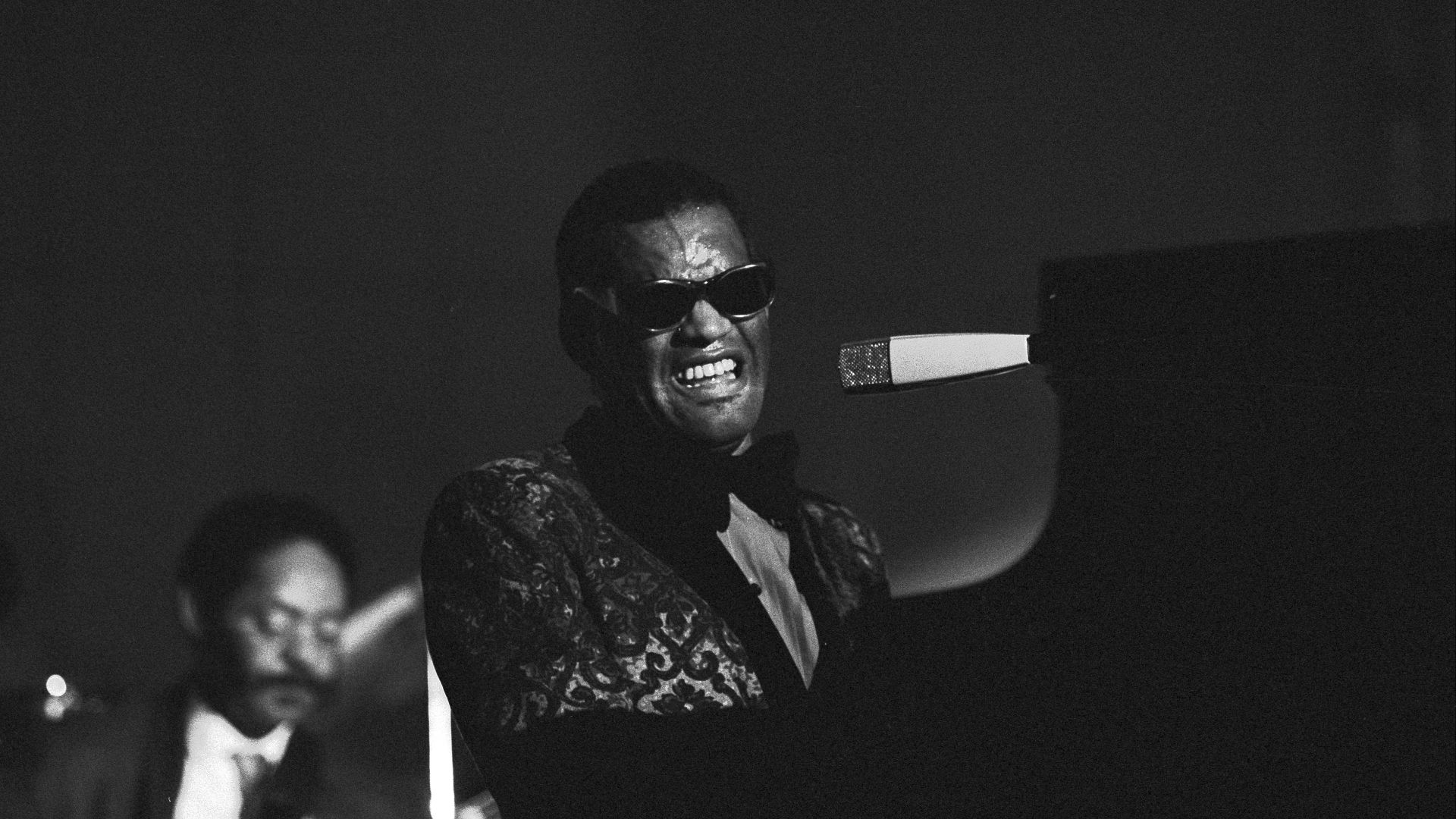 Heinrich Klaffs, Wikimedia Commons
Heinrich Klaffs, Wikimedia Commons
"Rock Around The Clock" – Bill Haley & His Comets (1954)
Before Elvis, there was Bill Haley. "Rock Around the Clock" wasn't just a song—it was a cultural shift. When it appeared in Blackboard Jungle, it became the anthem of teenage rebellion by fueling dance crazes and setting the foundation for rock's dominance in the decades to come.
"Tutti Frutti" – Little Richard (1955)
With a voice that could shake the rafters and a piano style that defied the rules, Little Richard unleashed "Tutti Frutti" in 1955. The song's frantic energy and nonsensical lyrics made it an instant hit. Originally, the lyrics were too bold for radio, forcing a last-minute rewrite before its release.
 Tutti Frutti - Little Richard 1955 by Grandad's Oldies
Tutti Frutti - Little Richard 1955 by Grandad's Oldies
"Jailhouse Rock" – Elvis Presley (1957)
Elvis struck gold again with "Jailhouse Rock," a song written for the film of the same name. With its infectious groove and rebellious lyrics, the track immortalized the wild spirit of 1950s rock. The prison dance scene from the movie remains one of the most recognizable moments in music history.
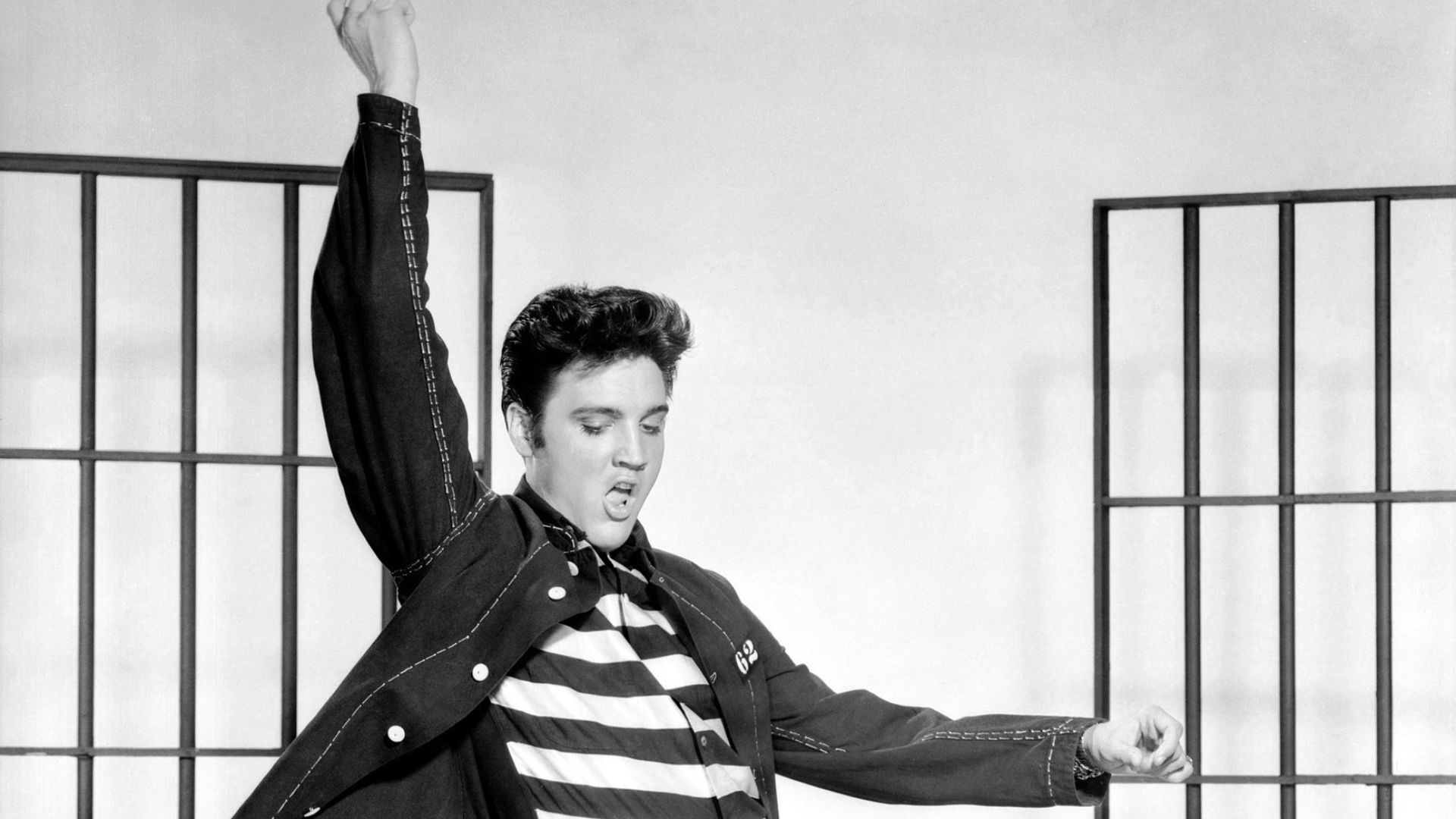 Metro-Goldwyn-Mayer, Inc., Wikimedia Commons
Metro-Goldwyn-Mayer, Inc., Wikimedia Commons
"Great Balls Of Fire" – Jerry Lee Lewis (1957)
Jerry Lee Lewis didn't just play the piano. "Great Balls of Fire" was an unfiltered blast of energy, with Lewis pounding the keys and howling his way through the song. It became one of rock and roll's most enduring anthems.
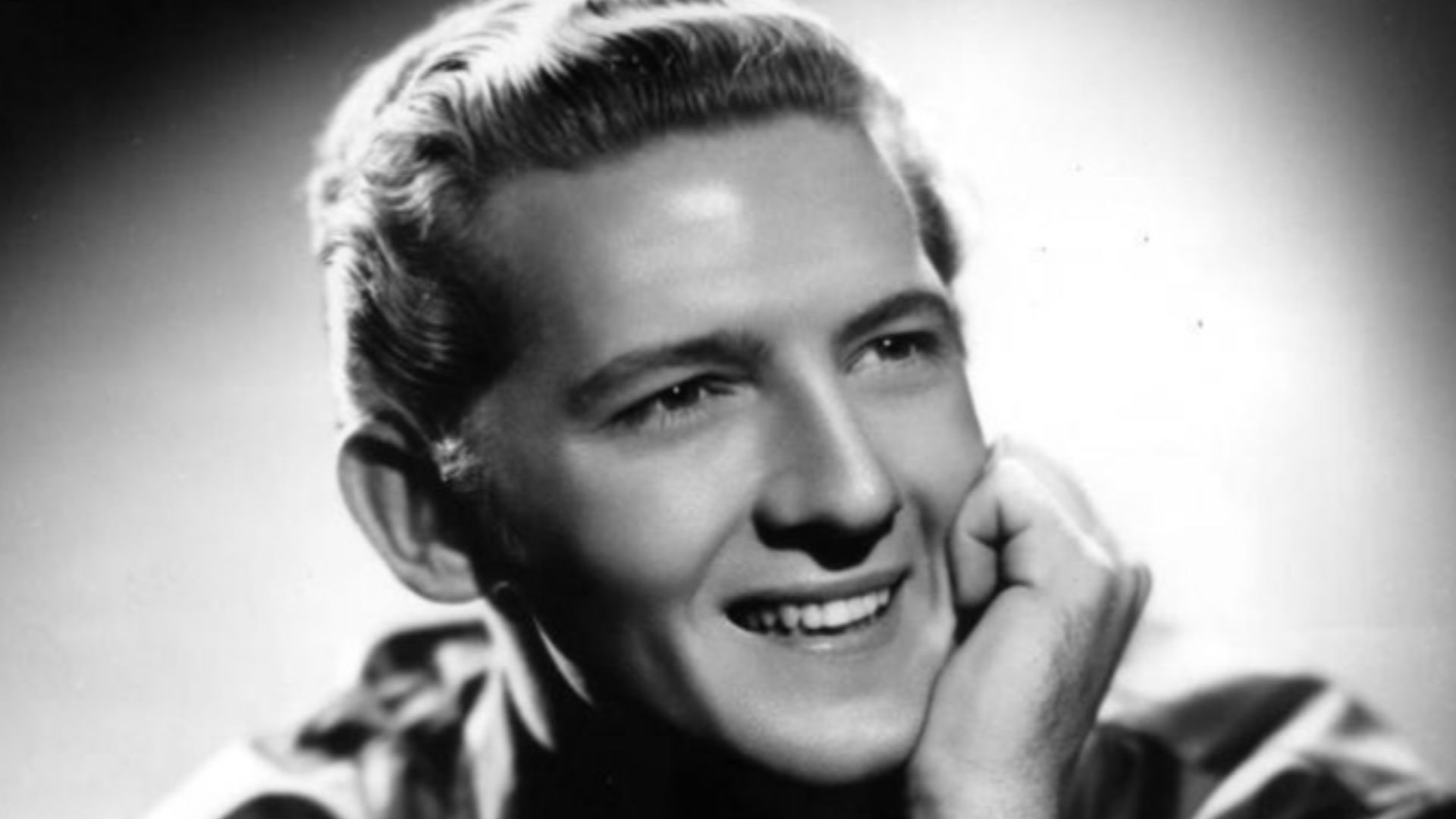 photographer:Maurice Seymour, Chicago., Wikimedia Commons
photographer:Maurice Seymour, Chicago., Wikimedia Commons
"Peggy Sue" – Buddy Holly (1957)
"Peggy Sue" is one of Buddy Holly's best songs. Originally titled "Cindy Lou," after his niece, Holly changed the name at the suggestion of his drummer, Jerry Allison, whose girlfriend (later wife) was named Peggy Sue. Holly had a knack for crafting melodies that felt personal and universal, and the song's rolling drumbeat and hiccupping vocals made it a major hit.
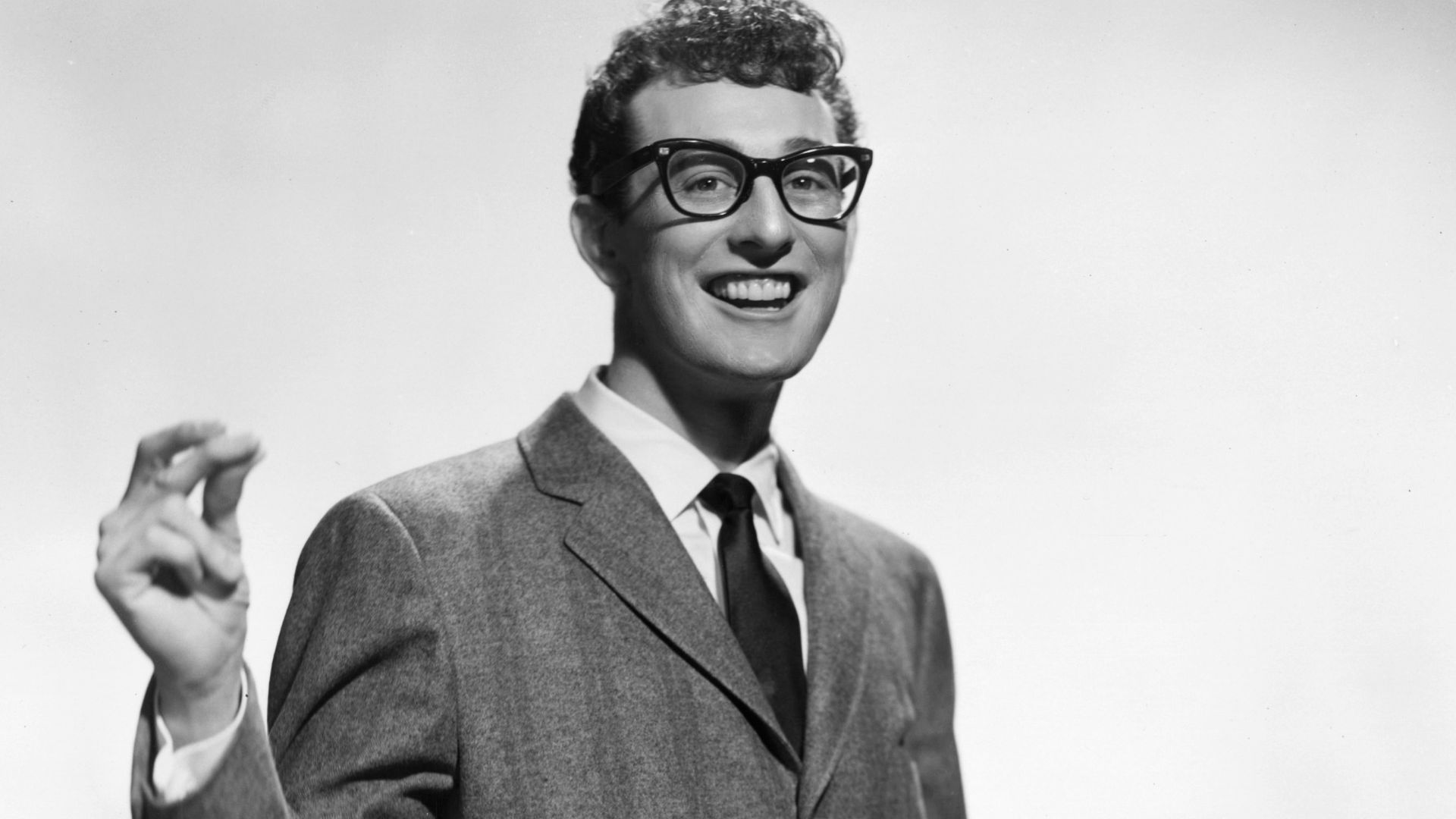 Brunswick Records, Wikimedia Commons
Brunswick Records, Wikimedia Commons
"Bye Bye Love" – The Everly Brothers (1957)
The Everly Brothers' breakthrough hit, "Bye Bye Love," took heartbreak and made it danceable. With its upbeat rhythm and crisp harmonies, the song was an instant sensation. Originally rejected by 30 artists before landing in the Everlys' hands, it became a defining track of the late 1950s.
"Summertime Blues" – Eddie Cochran (1958)
This song captures teenage frustration in a way others couldn't. Eddie Cochran's bluesy guitar, combined with a call-and-response vocal gimmick, made it a rockabilly classic. "Summertime Blues" was later covered by bands like The Who and Blue Cheer, proving its staying power across generations.
"Since I Don't Have You" – The Skyliners (1959)
A defining doo-wop ballad, "Since I Don't Have You" was one of the first songs to incorporate full orchestration into the genre, giving it a lush, cinematic quality. Lead singer Jimmy Beaumont's impassioned vocals captured the pain of lost love with a sincerity that resonated across generations.
"La Bamba" – Ritchie Valens (1958)
Thanks to its vibrant energy, "La Bamba" broke barriers as one of the first rock hits sung in Spanish. Ritchie Valens transformed a traditional Mexican folk song into a rock and roll masterpiece to celebrate his Chicano heritage at a time when Latino artists rarely made waves in the genre.
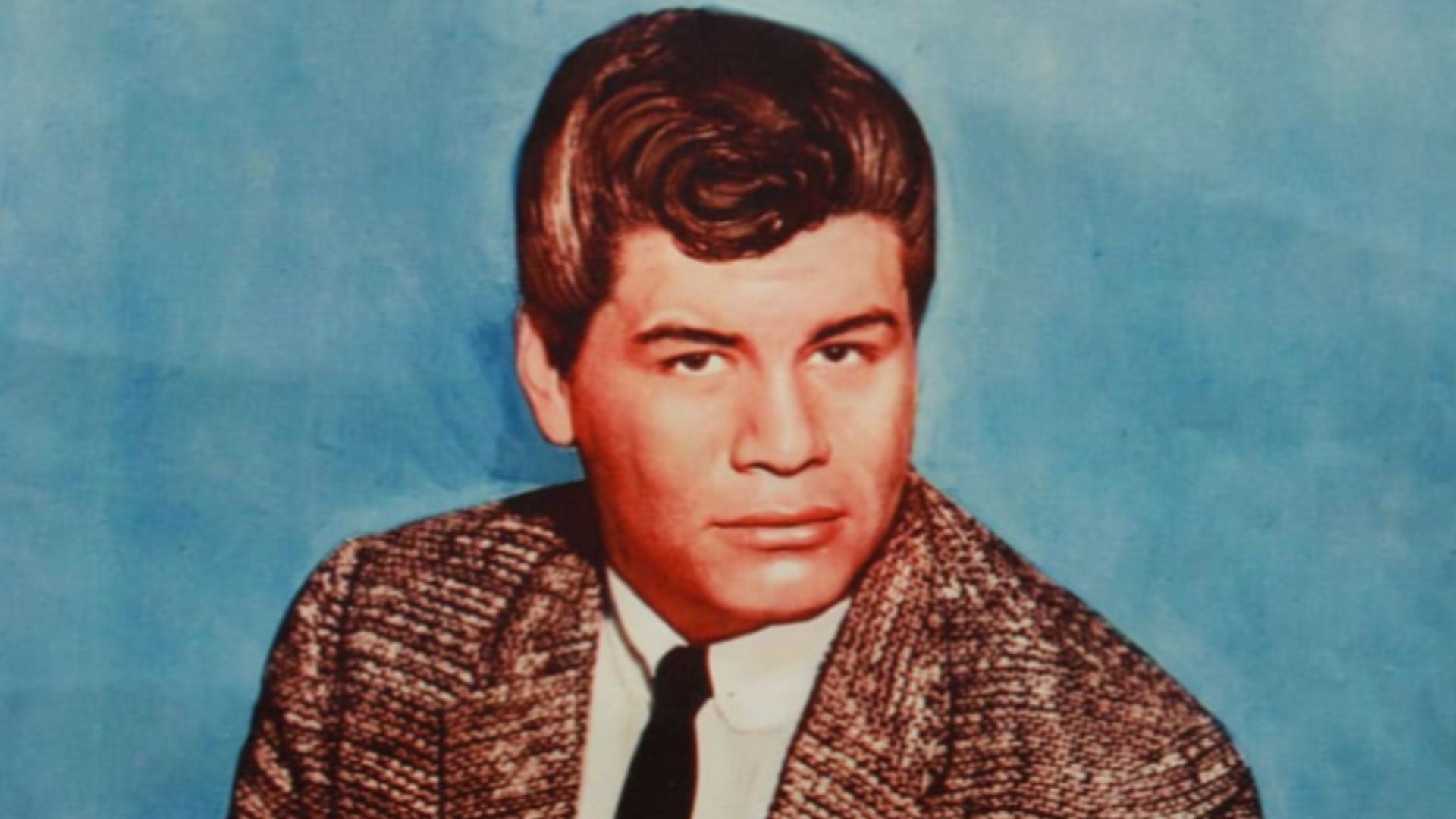 Hal Roach Studios, Wikimedia Commons
Hal Roach Studios, Wikimedia Commons
"Be-Bop-A-Lula" – Gene Vincent (1956)
Gene Vincent's sultry, slurred vocals and rockabilly swagger made "Be-Bop-A-Lula" an instant classic. The song's blues-infused rhythm and Vincent's signature growl earned him comparisons to Elvis Presley. Though he never achieved the same level of fame, his influence on rockabilly is undeniable.
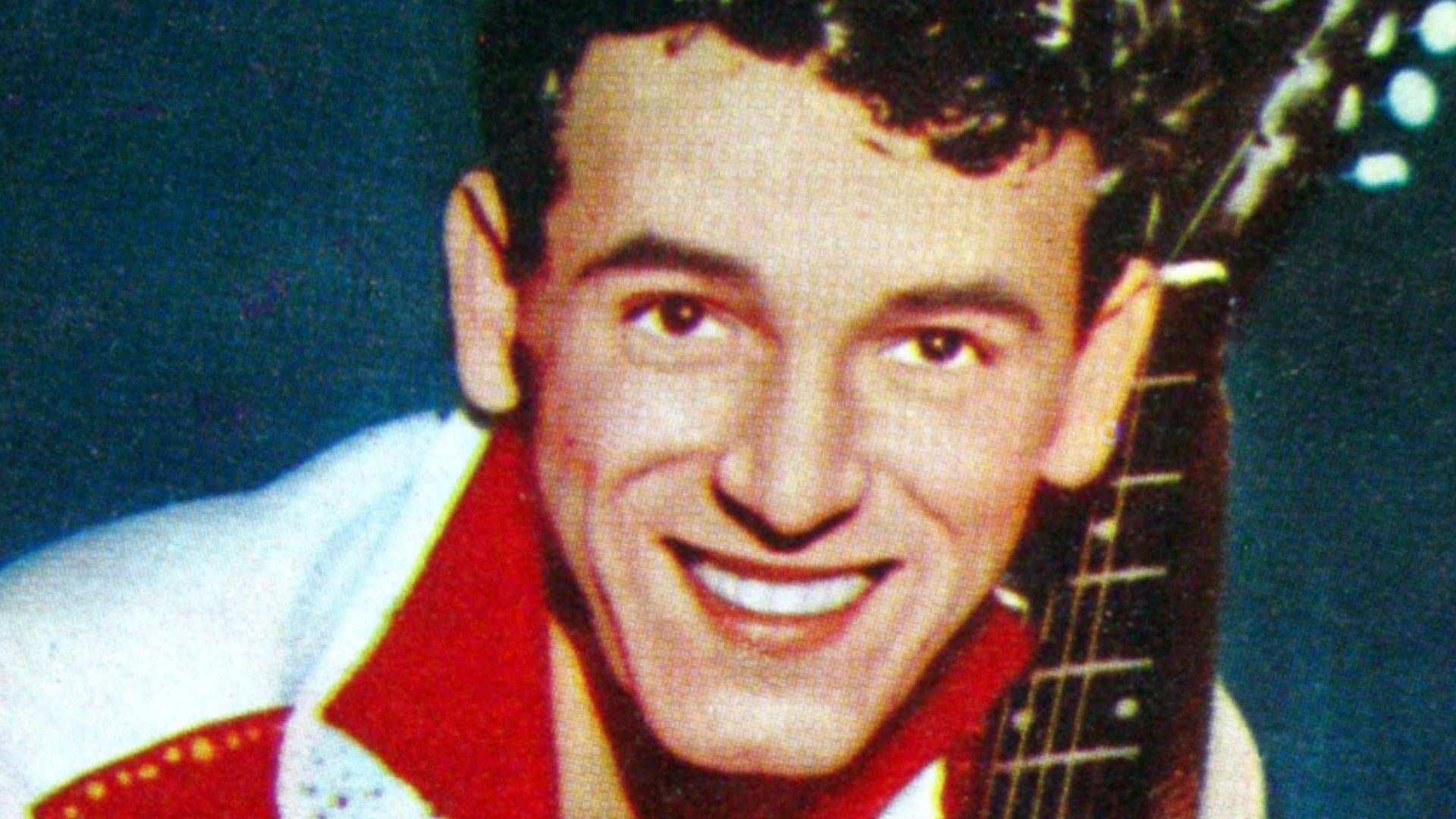 TCG-Topps Gum Cards-photo from Capitol Records, Wikimedia Commons
TCG-Topps Gum Cards-photo from Capitol Records, Wikimedia Commons
"Wake Up Little Susie" – The Everly Brothers (1957)
Despite being banned on radios for its supposedly scandalous content, "Wake Up Little Susie" set The Everly Brothers apart with its close harmonies. The song tells the innocent yet humorous story of a couple who accidentally stays out too late and panics about the gossip it might cause.
"Only You (And You Alone)" – The Platters (1955)
Smooth and deeply romantic, "Only You" helped define The Platters' sophisticated sound. Lead singer Tony Williams' velvety vocals carried the song to the top of the charts and made it one of the most beloved love songs of the decade. It remains a staple at weddings and slow dances.
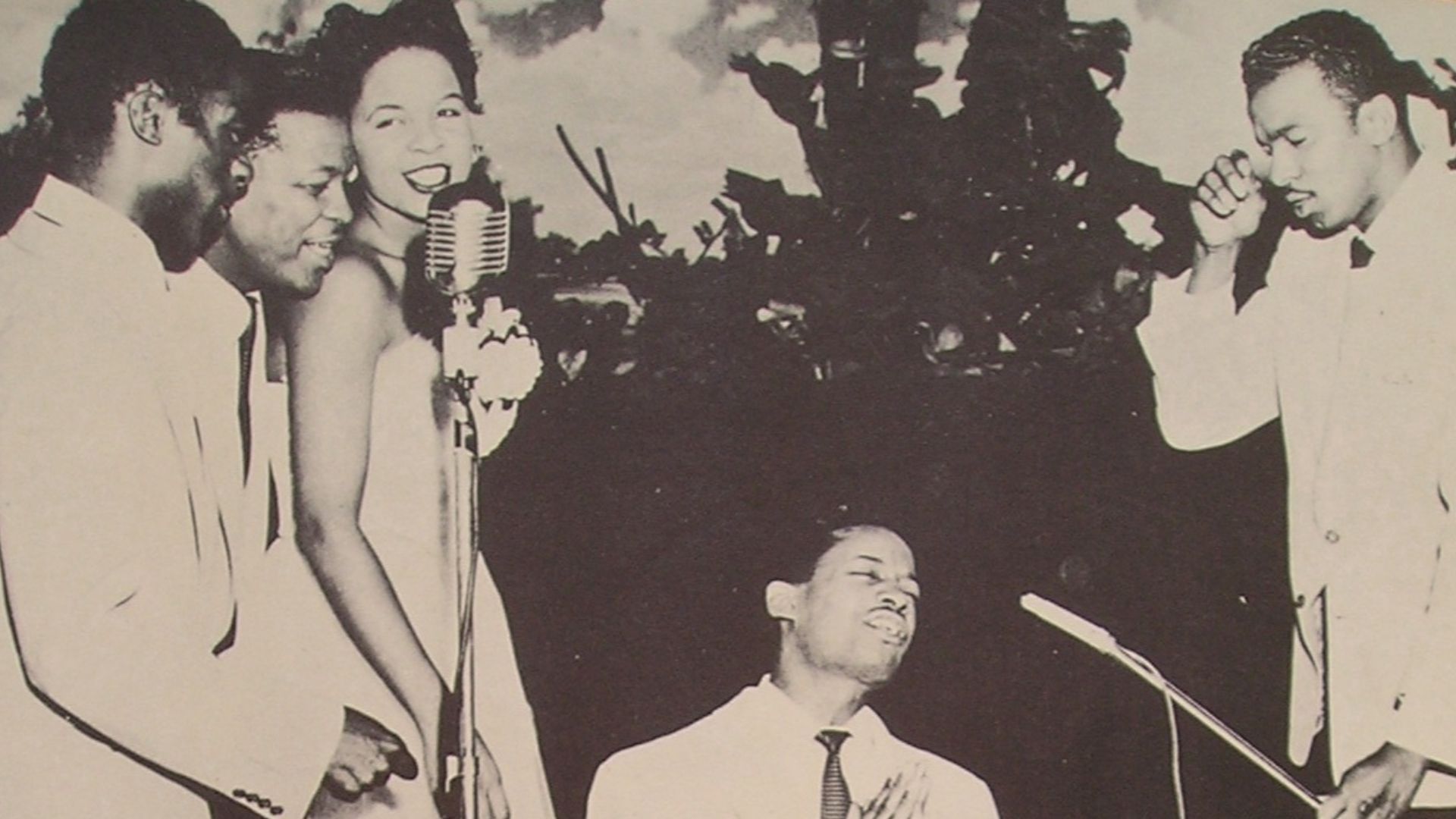 bunky's pickle, Wikimedia Commons
bunky's pickle, Wikimedia Commons
"In The Still Of The Night" – The Five Satins (1956)
Recorded in a church basement, "In the Still of the Night" was written by Fred Parris while on guard duty in the Army. He crafted a hypnotic melody that captured the magic of young love. Its signature backing vocals became a defining characteristic of the doo-wop genre.
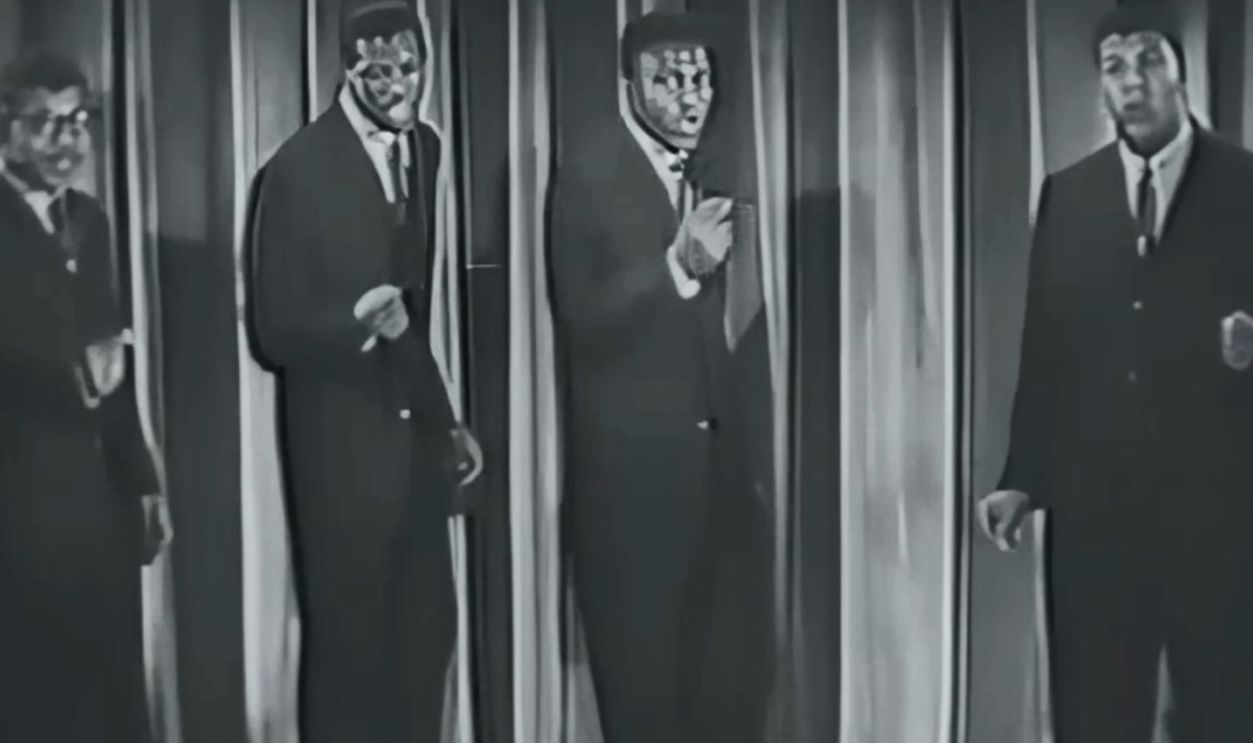 The Five Satins - In The Still Of The Night (1956) 4K by Classic Hits Studio
The Five Satins - In The Still Of The Night (1956) 4K by Classic Hits Studio
"There Goes My Baby" – The Drifters (1959)
Featuring emotional delivery, "There Goes My Baby" broke new ground in R&B. It was one of the first songs to incorporate a full-string section into a rock and roll production. The Drifters' lineup changed frequently, but their influence remained constant.
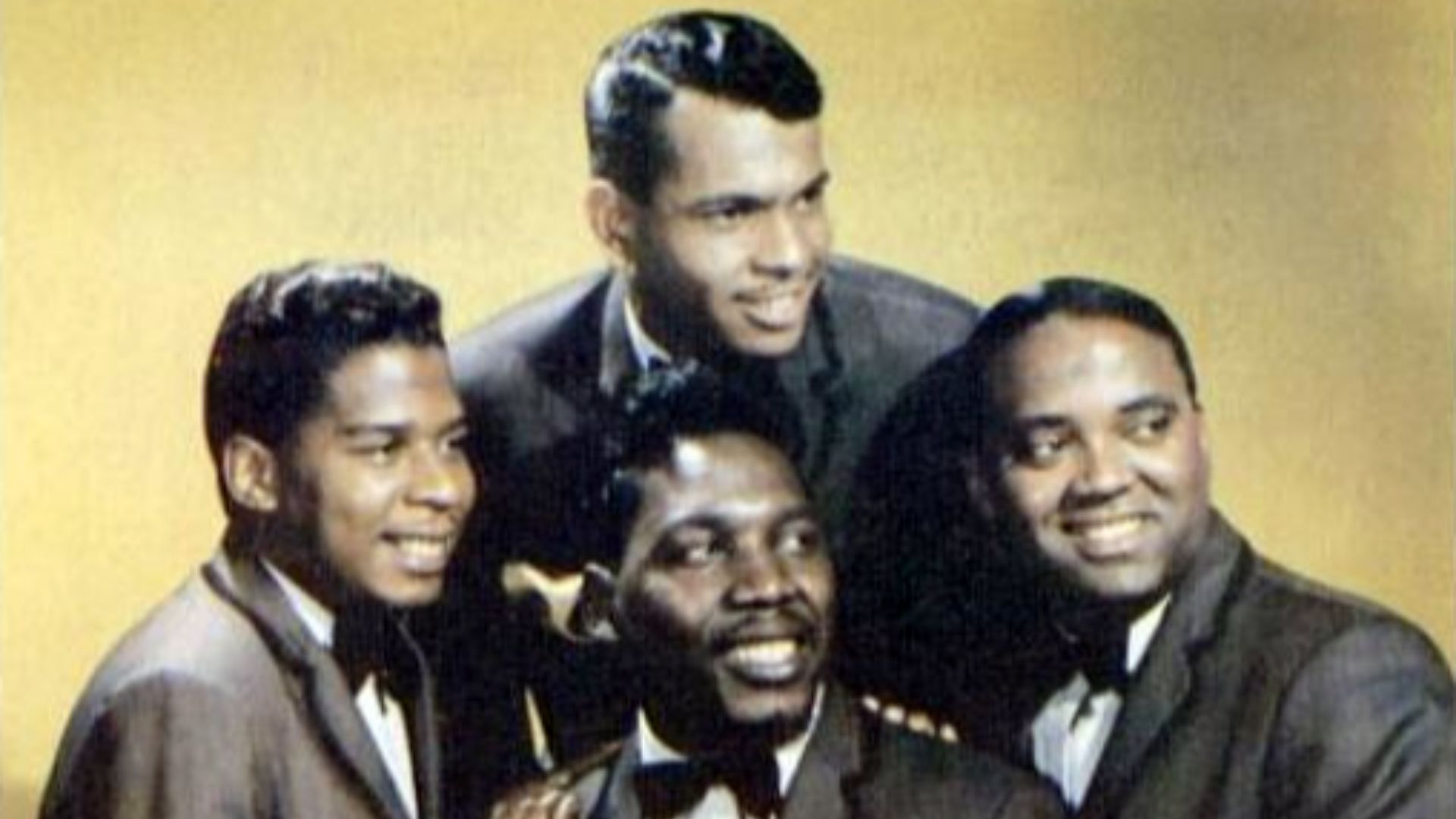 Atlantic Records, Wikimedia Commons
Atlantic Records, Wikimedia Commons
"Come Go With Me" – The Del-Vikings (1956)
One of the few doo-wop groups of the era to feature both Black and white members, The Del-Vikings brought infectious energy to "Come Go with Me”. The song's bouncing rhythm and rich harmonies made it a dance-floor favorite. It later found new life when it was featured in Stand by Me.
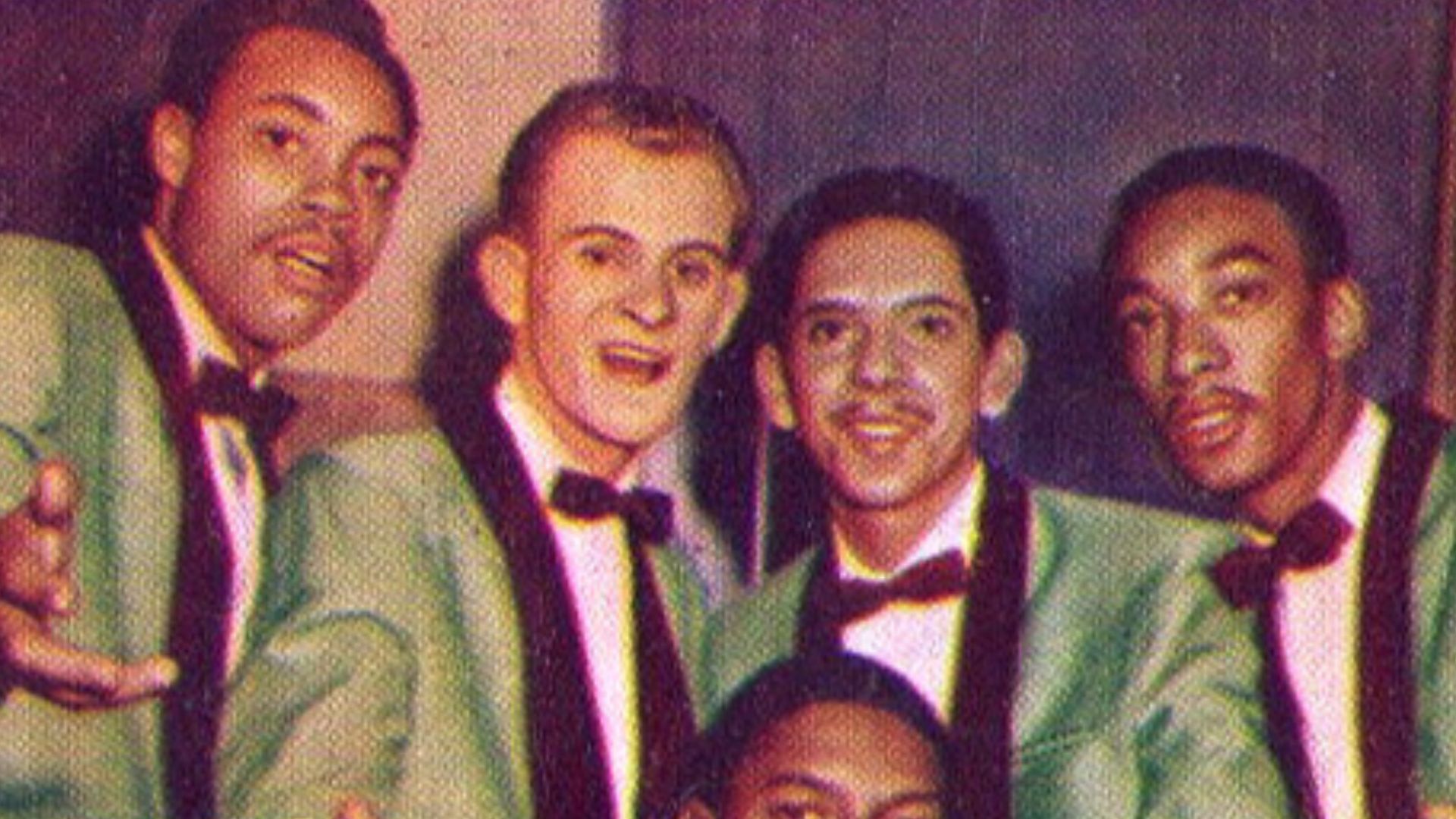 TGC-Topps Gum Cards-photo from Mercury Records, Wikimedia Commons
TGC-Topps Gum Cards-photo from Mercury Records, Wikimedia Commons
"Rave On" – Buddy Holly (1958)
Buddy Holly's "Rave On" is a short, punchy burst of rock and roll energy. With its driving beat and exuberant vocals, the song became one of Holly's signature hits. Unlike some of his more polished recordings, "Rave On" captures a raw, almost feverish excitement.
"Shake, Rattle And Roll" – Big Joe Turner (1954)
Before rock and roll was a household name, Big Joe Turner was already laying the groundwork with "Shake, Rattle and Roll”. His booming voice and bluesy swagger turned the song into an R&B sensation, though a more sanitized version by Bill Haley & His Comets helped popularize it.
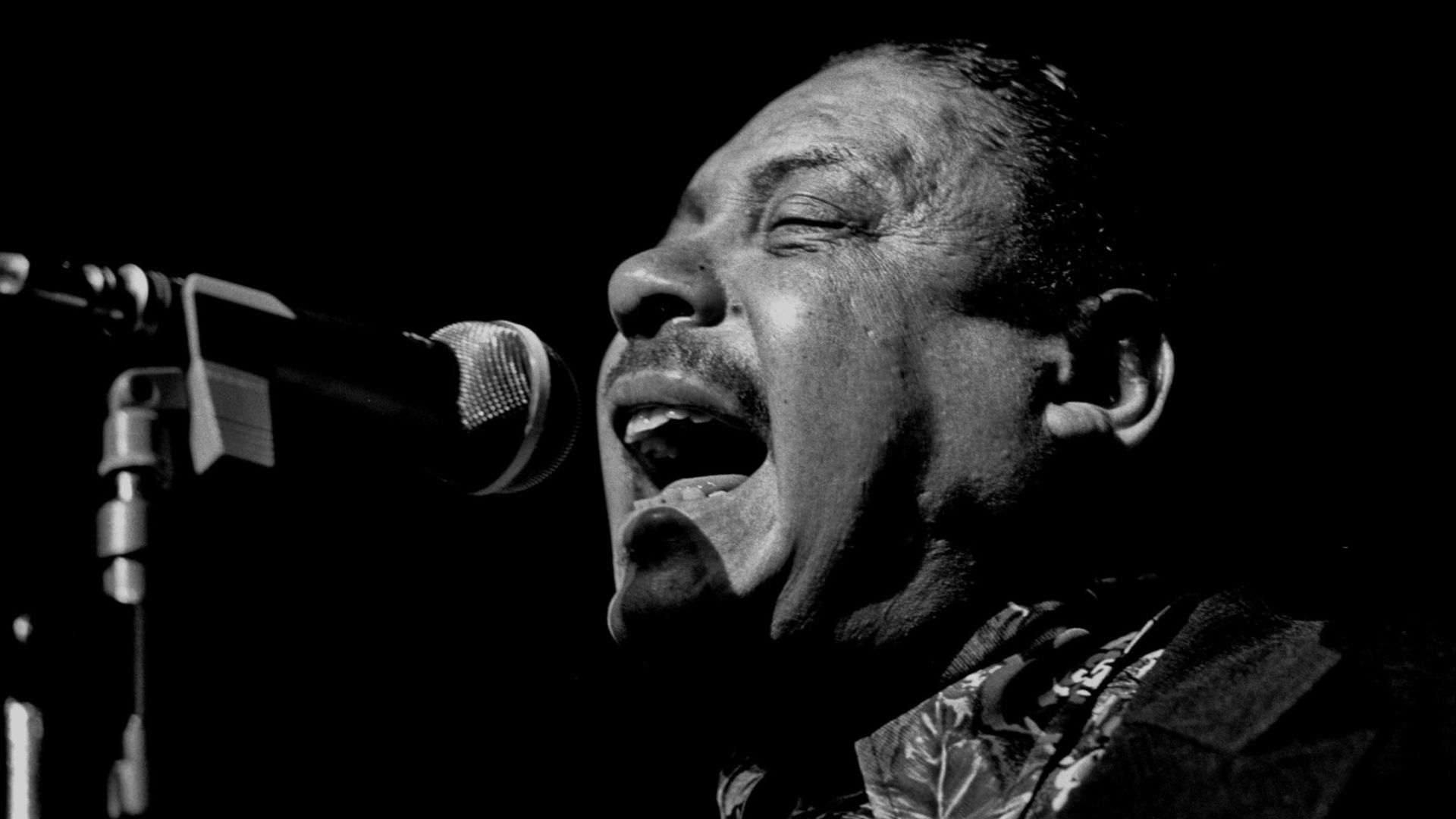 Heinrich Klaffs, Wikimedia Commons
Heinrich Klaffs, Wikimedia Commons
"Whole Lotta Shakin' Goin' On" – Jerry Lee Lewis (1957)
Jerry Lee Lewis tore through "Whole Lotta Shakin' Goin' On" like a man possessed. Originally a blues song, Lewis transformed it into a raucous, piano-pounding masterpiece that blurred the lines between rock and country. His electrifying stage presence, which often included kicking over his piano bench, made this song unforgettable.
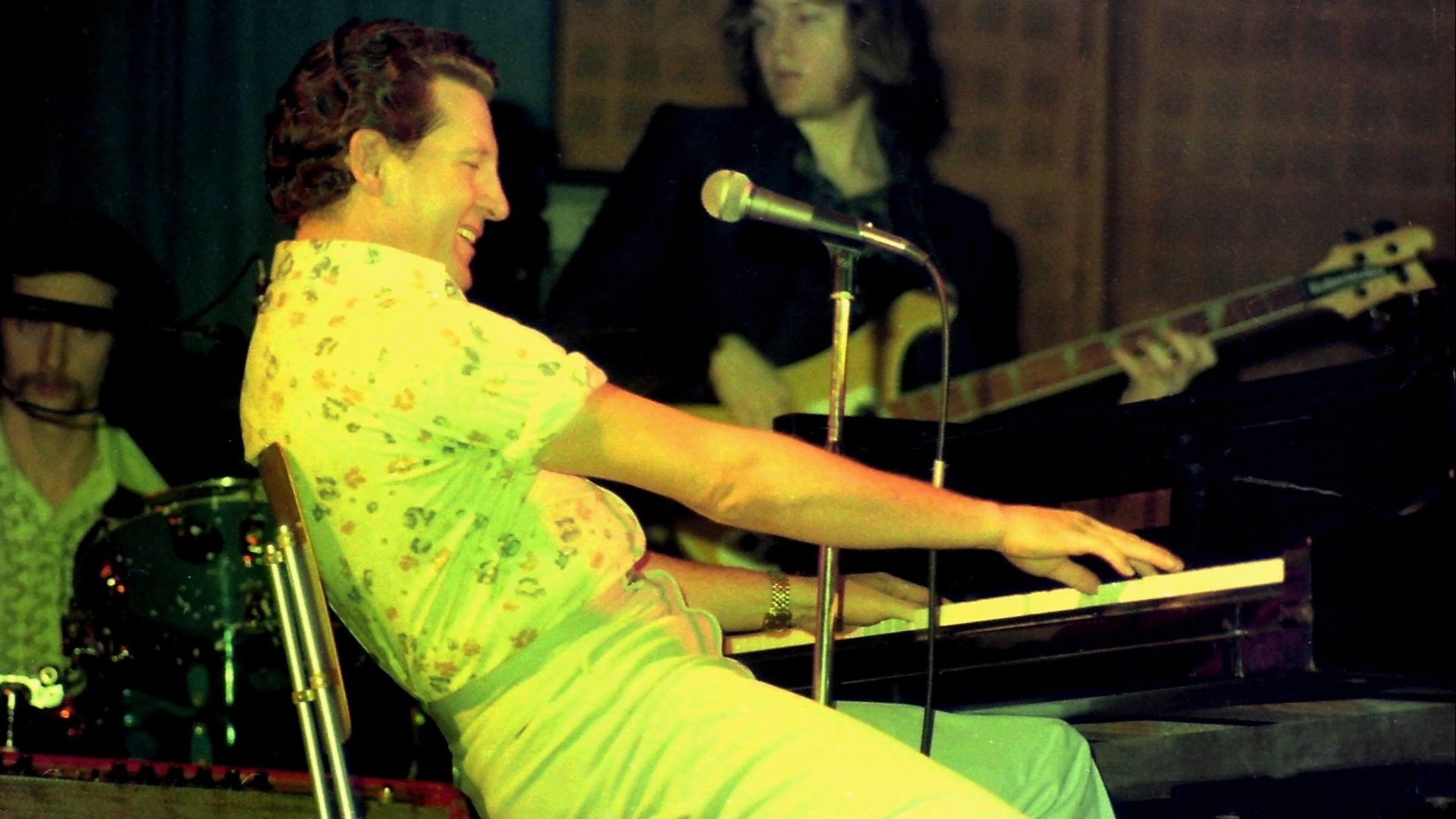 Klaus Hiltscher, Wikimedia Commons
Klaus Hiltscher, Wikimedia Commons
"Earth Angel" – The Penguins (1954)
"Earth Angel" became one of the earliest doo-wop crossovers hits with its heartfelt crooning and delicate harmonies. Its success on the R&B and pop charts helped bridge the gap between Black and white audiences, a critical step in the evolution of rock and roll.
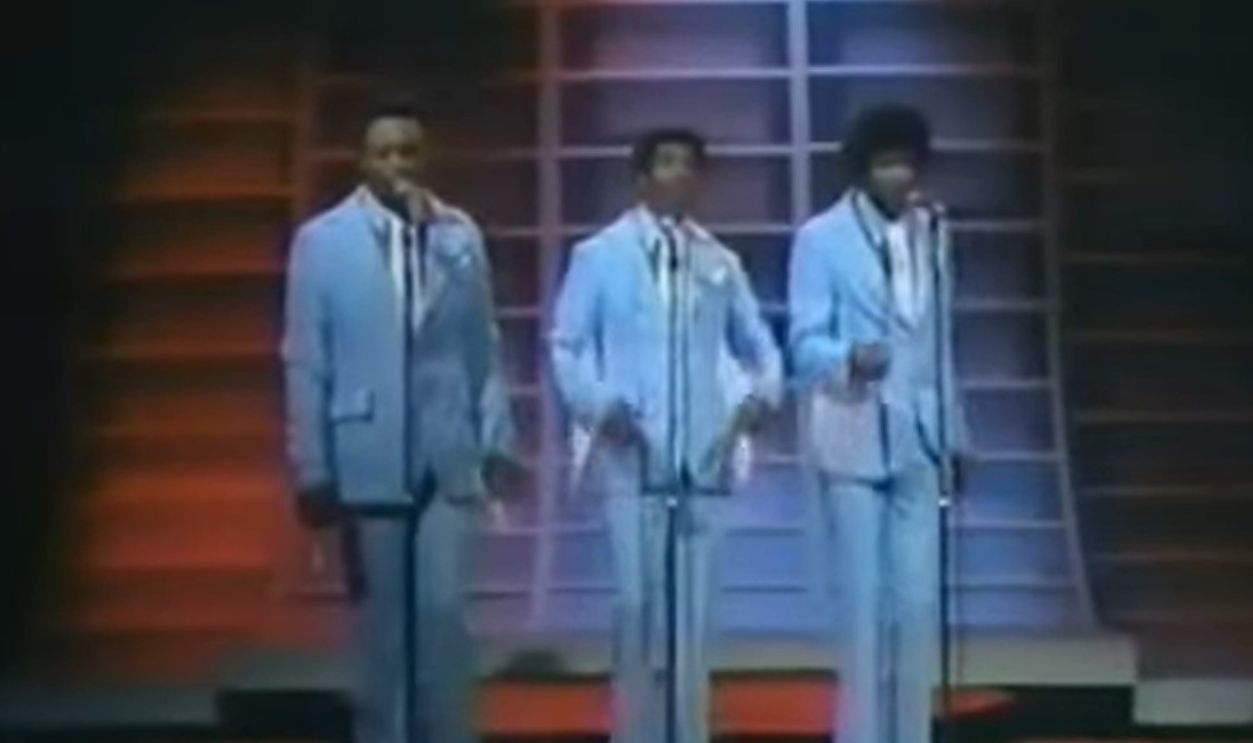 The Penguins - Earth Angel (1954) (1973) by tabbap
The Penguins - Earth Angel (1954) (1973) by tabbap
"Why Do Fools Fall In Love" – Frankie Lymon & The Teenagers (1956)
Frankie Lymon was just 13 years old when he recorded "Why Do Fools Fall in Love" to become one of the youngest stars of the doo-wop era. The song's playful yet melancholic lyrics, paired with Lymon's soaring falsetto, captured the innocence and heartbreak of young love.
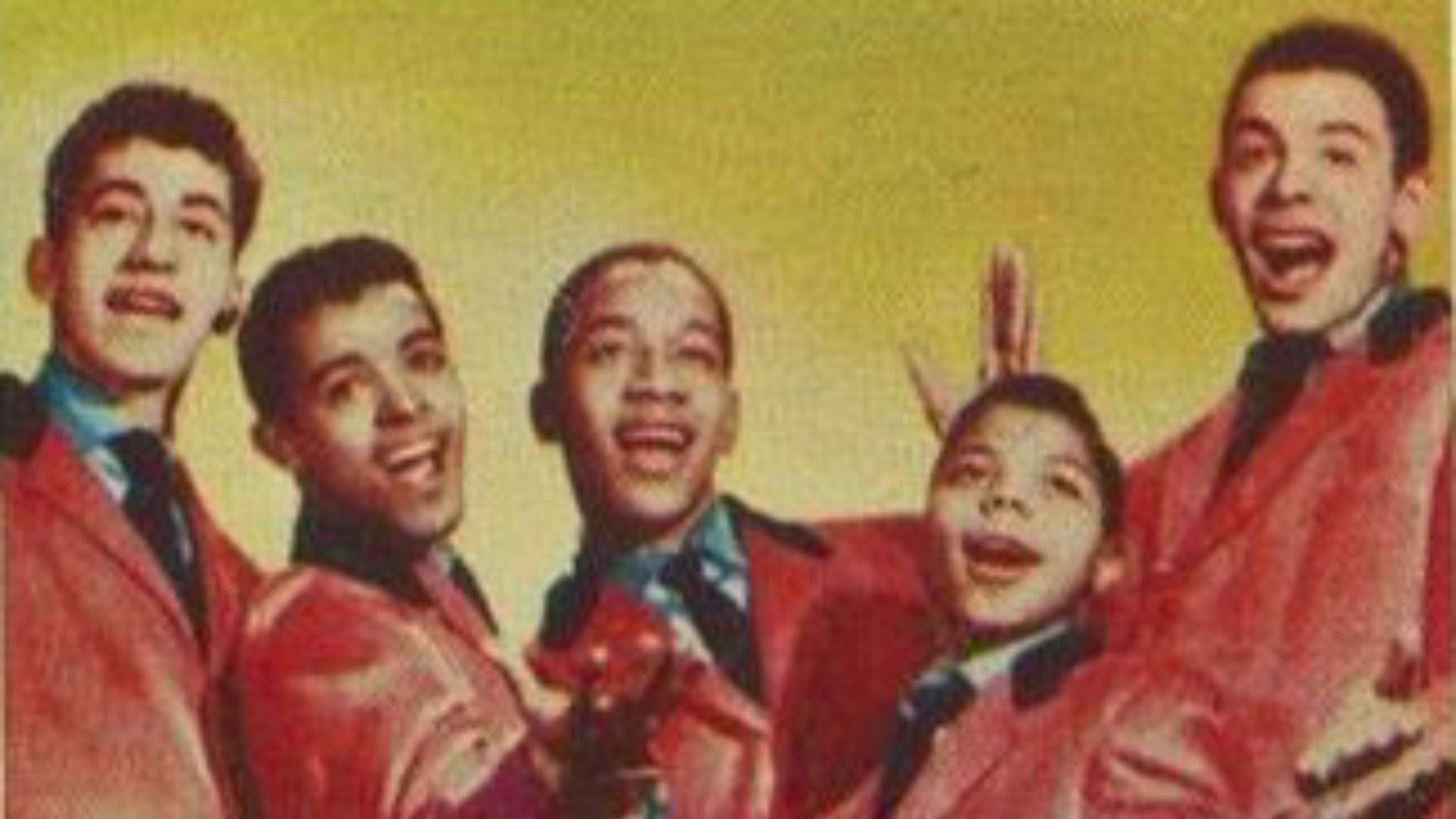 TGC-Topps Gum Cards, Wikimedia Commons
TGC-Topps Gum Cards, Wikimedia Commons
"Tears On My Pillow" – Little Anthony & The Imperials (1958)
With its delicate piano melody and heart-wrenching lyrics, "Tears on My Pillow" became one of the most enduring slow ballads of the era. Little Anthony's smooth, high-pitched vocals conveyed a deep sense of longing, which made the song a staple of heartbreak playlists for decades.
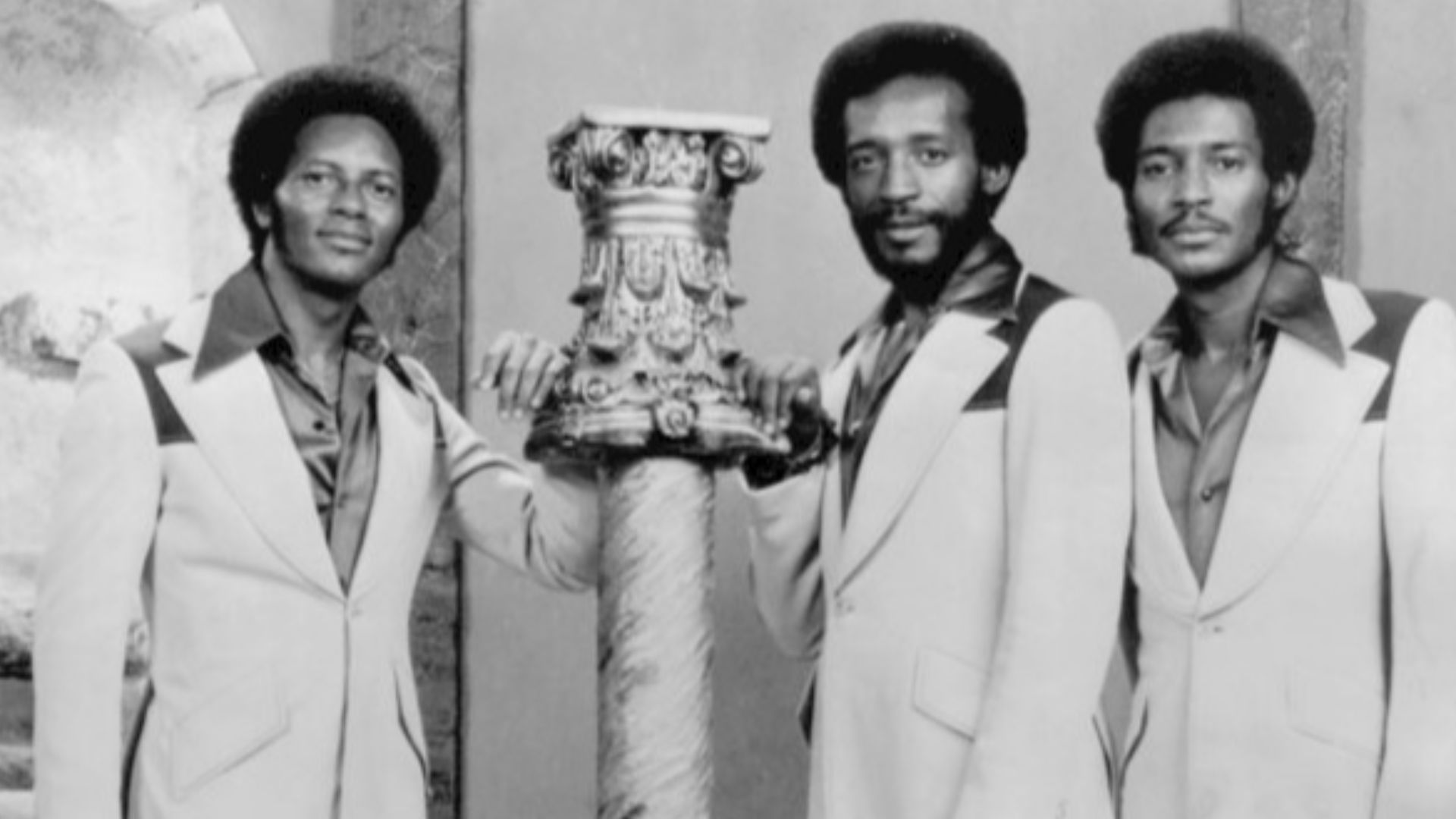 Joseph B. Zito Associates (management), Las Vegas, Wikimedia Commons
Joseph B. Zito Associates (management), Las Vegas, Wikimedia Commons
"Silhouettes" – The Rays (1957)
"Silhouettes" tells the story of a man who sees two figures through a window, only to realize his love is with someone else. The Rays' catchy melody and storytelling lyrics turned it into a doo-wop hit, later covered by The Diamonds and Herman's Hermits.
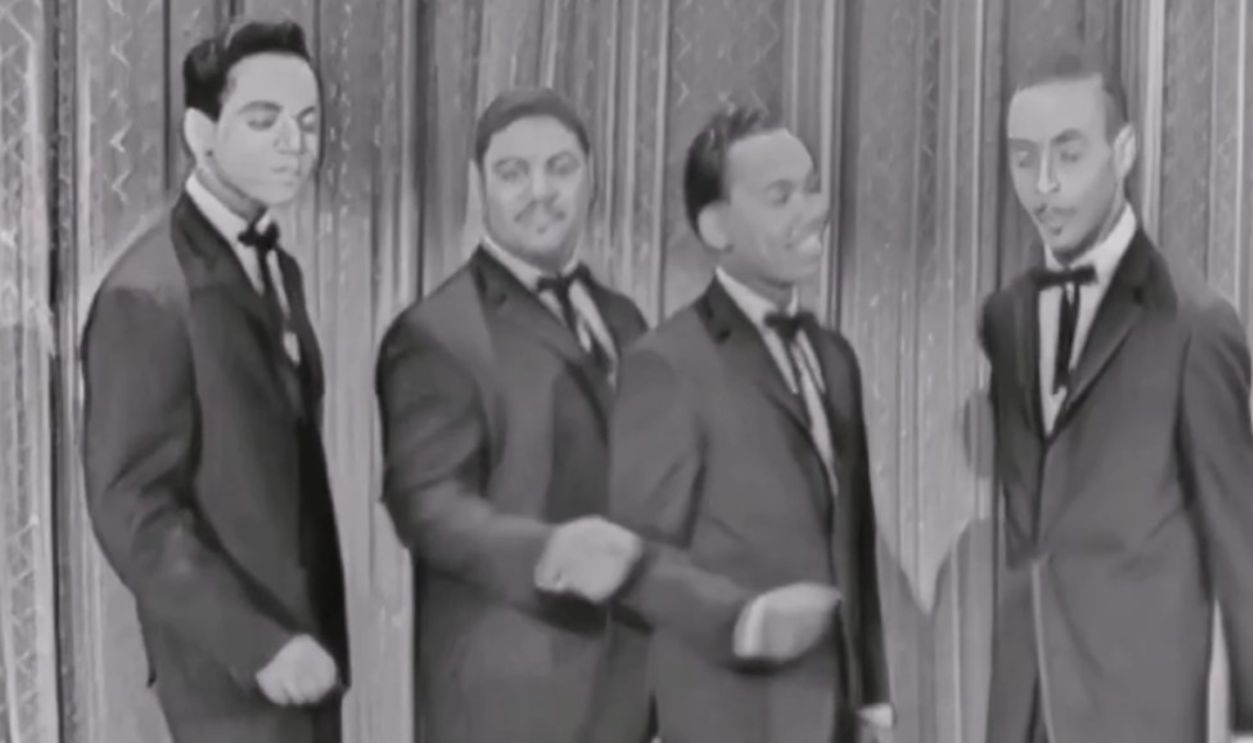 NEW 📀 Silhouettes - The Rays Live {DES Stereo} 1957 by Smurfstools Oldies Music Time Machine
NEW 📀 Silhouettes - The Rays Live {DES Stereo} 1957 by Smurfstools Oldies Music Time Machine
"Little Darlin'" – The Diamonds (1957)
Originally recorded by The Gladiolas, "Little Darlin'" became a major hit when The Diamonds added their polished vocal harmonies and a touch of theatricality. The song's playful spoken-word section and rhythmic handclaps made it one of the more distinctive doo-wop recordings of the decade.
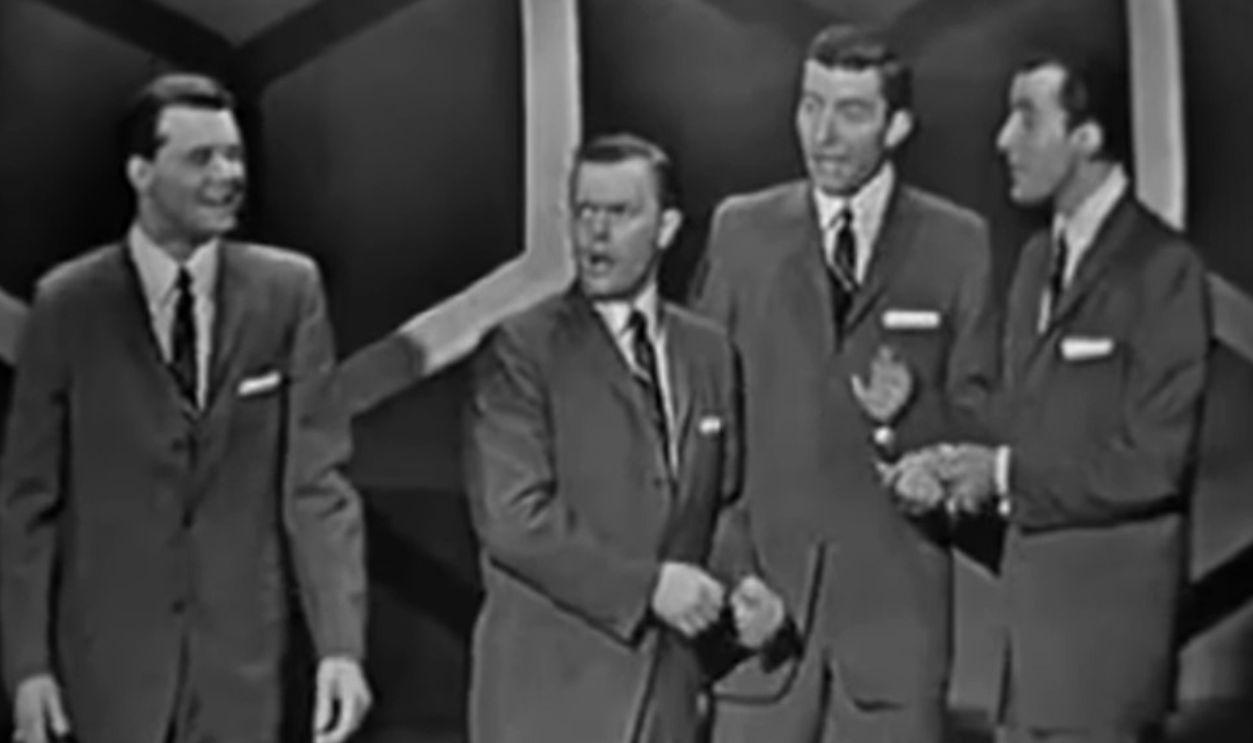 The Diamonds Little Darlin by NRRArchives
The Diamonds Little Darlin by NRRArchives
"Get A Job" – The Silhouettes (1957)
With its infectious "sha-na-na" chorus and upbeat tempo, "Get a Job" became one of the most recognizable doo-wop anthems. The song humorously captures the frustrations of job hunting, which kept it relatable for decades with its influence still felt today.
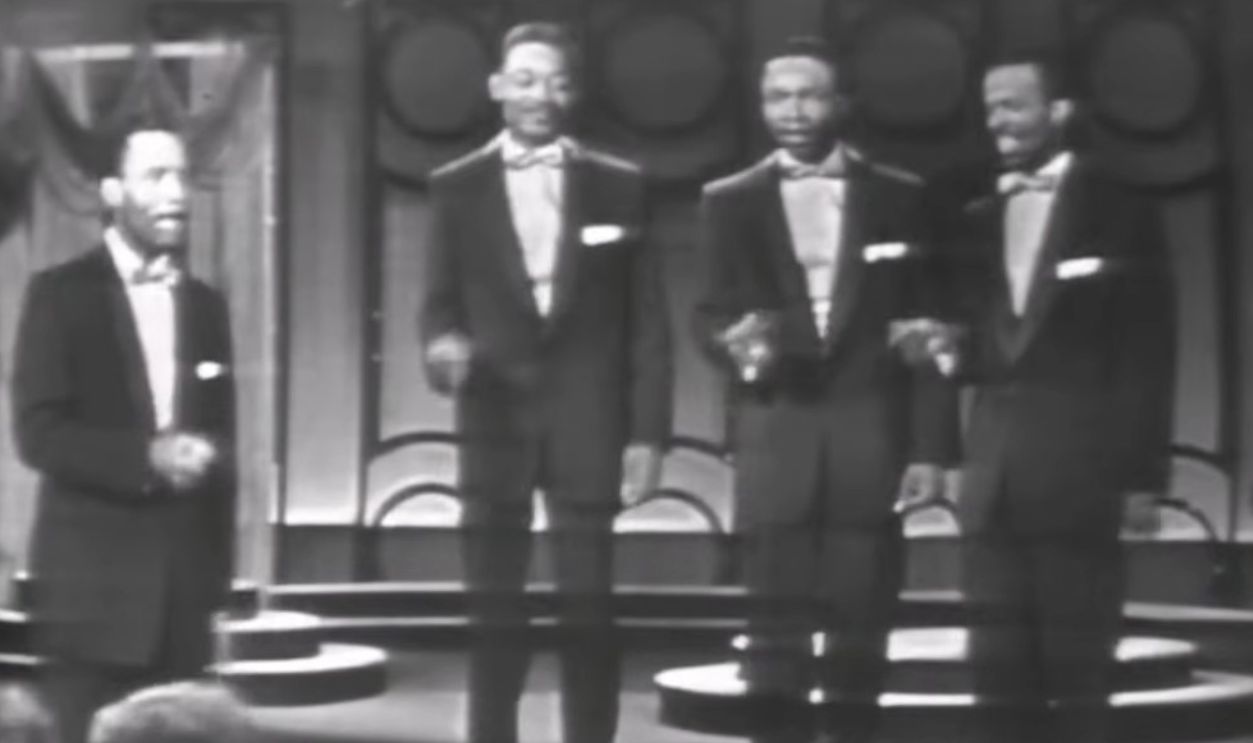 NEW 📀 Get A Job - The Silhouettes {DES Stereo} 1957 by Smurfstools Oldies Music Time Machine
NEW 📀 Get A Job - The Silhouettes {DES Stereo} 1957 by Smurfstools Oldies Music Time Machine
"Love Me Tender" – Elvis Presley (1956)
A stark contrast to his hip-shaking rock and roll hits, "Love Me Tender" highlighted Elvis Presley's softer side. Adapted from the Civil War-era ballad "Aura Lee," the song became an instant classic with its gentle melody and heartfelt lyrics when released alongside Presley's debut film of the same name.
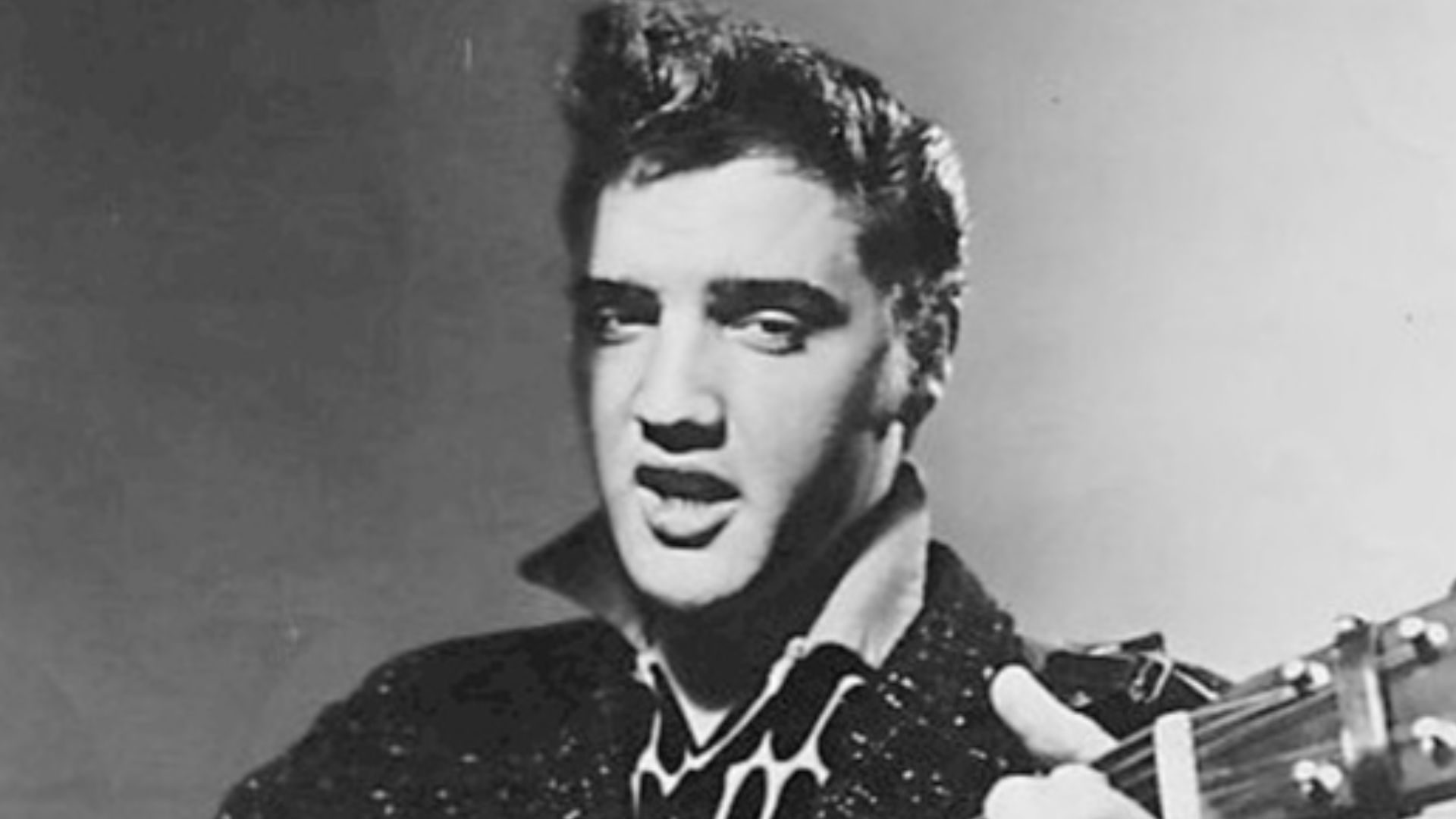 CBS Television, Wikimedia Commons
CBS Television, Wikimedia Commons
"All I Have To Do Is Dream" – The Everly Brothers (1958)
Only a few songs describe the yearning of young love quite like "All I Have to Do Is Dream". The song's seamless harmonies and lullaby-like melody turned it into a massive hit, and it's still considered one of The Everly Brothers' most celebrated recordings.
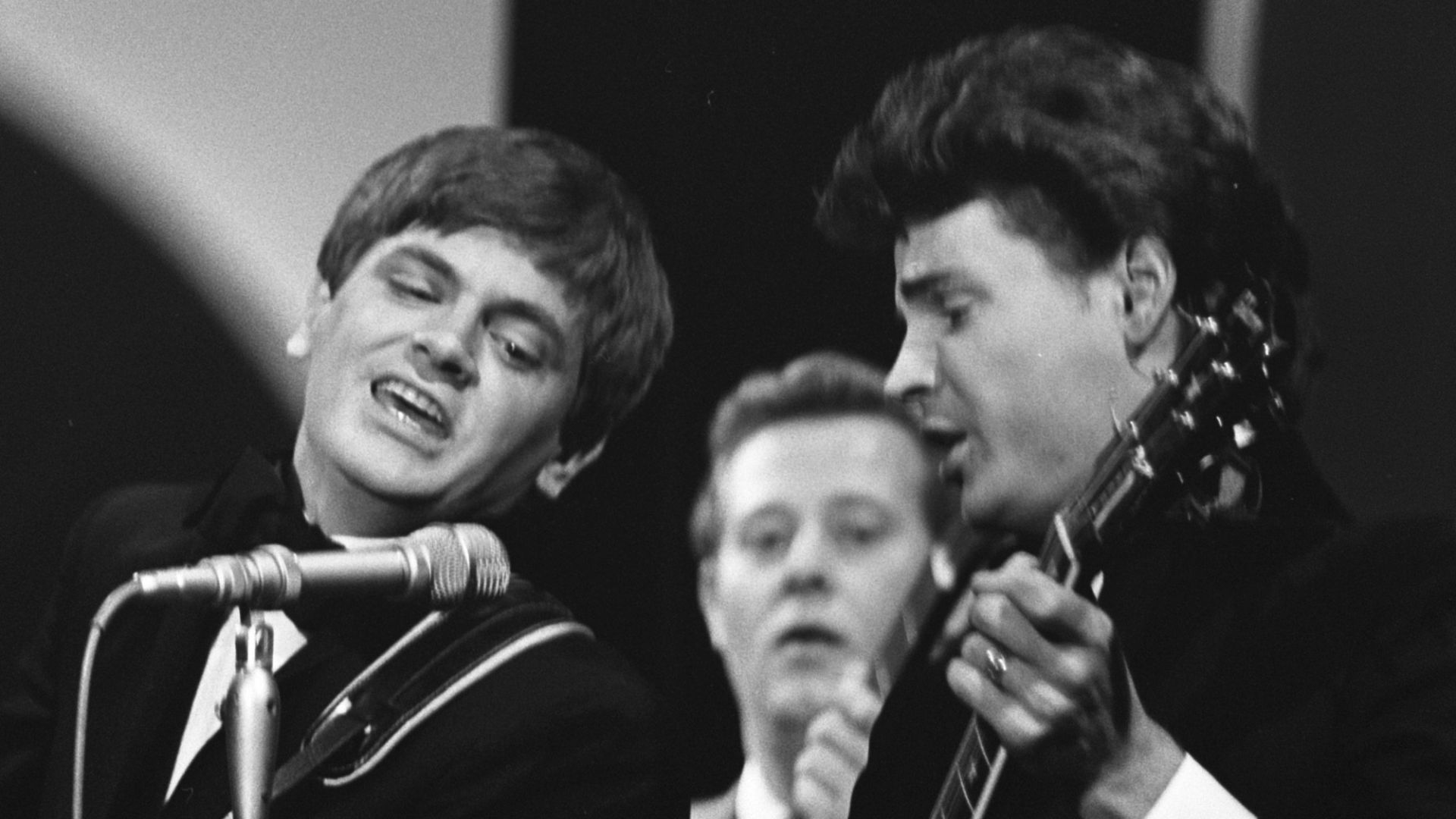 Eric Koch for Anefo, Wikimedia Commons
Eric Koch for Anefo, Wikimedia Commons
"Put Your Head On My Shoulder" – Paul Anka (1959)
Paul Anka knew how to write a love song, and "Put Your Head on My Shoulder" was one of his finest. The song's slow, romantic rhythm and Anka's smooth vocals created a perfect slow-dance tune. With its intimate lyrics, it's a staple for romantic playlists.
"I Only Have Eyes for You" – The Flamingos (1959)
The Flamingos took this 1934 standard and transformed it into one of the most hauntingly beautiful doo-wop ballads of all time. Their dreamy harmonies and ethereal production created an almost hypnotic listening experience. "I Only Have Eyes for You" sets a gold standard in vocal group recordings.
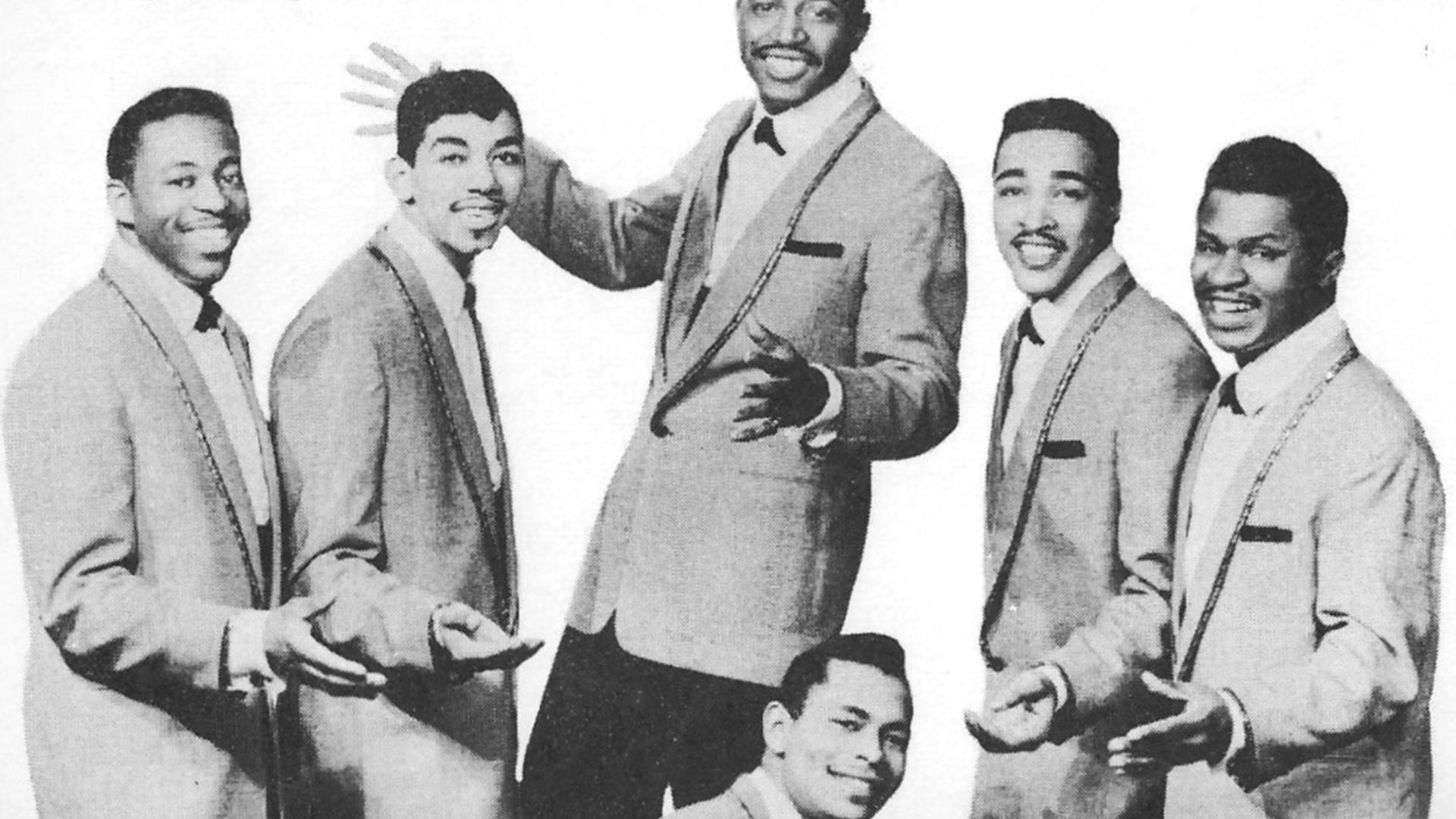 Nu-Cards,New York, Wikimedia Commons
Nu-Cards,New York, Wikimedia Commons
"Kansas City" – Wilbert Harrison (1959)
"Kansas City" became a defining R&B crossover hit of the late 1950s with its bluesy shuffle and catchy lyrics. Written by Jerry Leiber and Mike Stoller, it took Wilbert Harrison's laid-back, soulful delivery to turn it into a chart-topping classic.
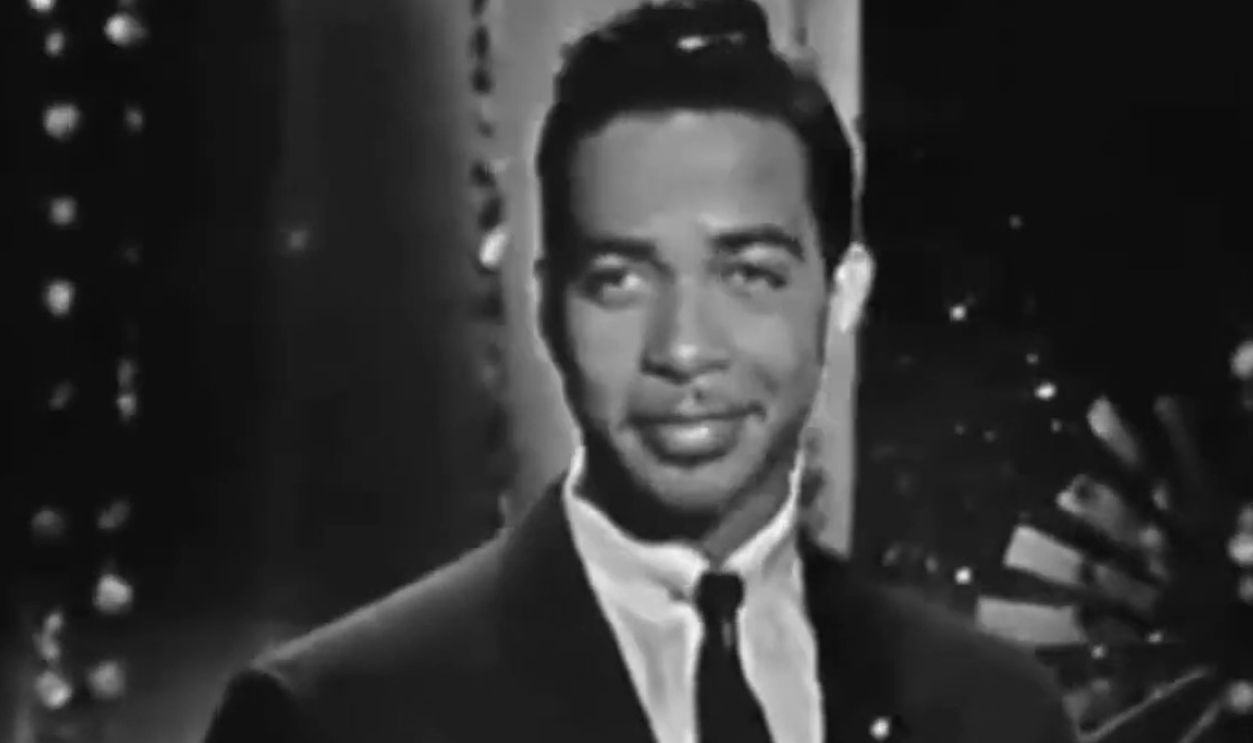 Kansas City - Wilbert Harrison 1959 by Grandad's Oldies
Kansas City - Wilbert Harrison 1959 by Grandad's Oldies
"Roll Over Beethoven" – Chuck Berry (1956)
Chuck Berry's "Roll Over Beethoven" was a declaration of rock and roll's arrival. It featured a signature guitar riff and playful lyrics about classical music being replaced by rhythm and blues. The song became an anthem for the new youth culture, influencing everyone from The Beatles to The Rolling Stones.
"I Walk The Line" – Johnny Cash (1956)
Written as a pledge of fidelity to his wife, "I Walk the Line" showcased Johnny Cash's deep, resonant vocals and unique ability to blend country with early rock. With its steady rhythm and haunting melody, the song's hypnotic hum and signature chord progression became one of Cash's most iconic recordings.
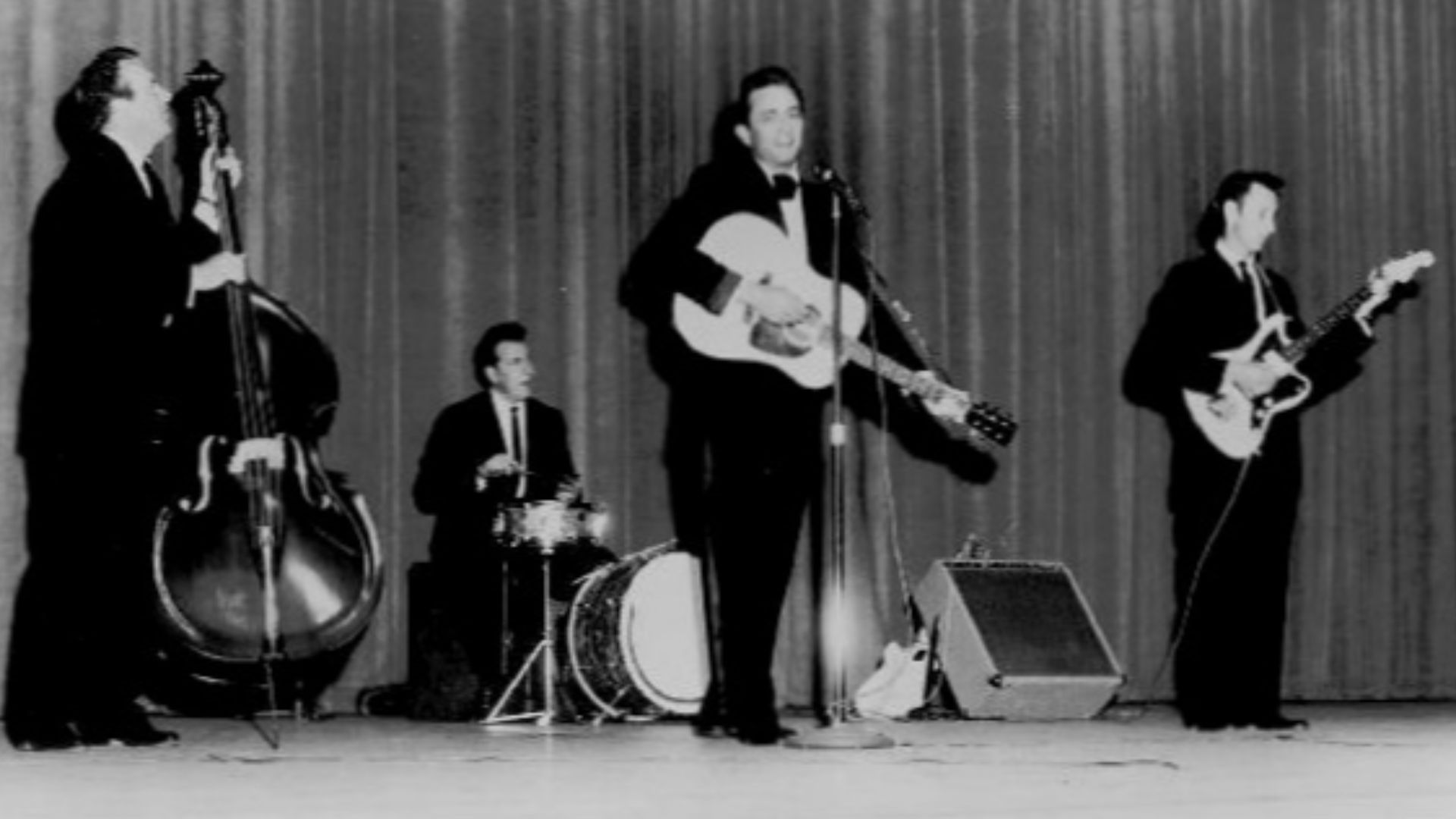 Saul Holiff, Ventura, California (management), Wikimedia Commons
Saul Holiff, Ventura, California (management), Wikimedia Commons
"For Your Precious Love" – Jerry Butler & The Impressions (1958)
One of the most heartfelt ballads of the decade, "For Your Precious Love," showcased Jerry Butler's deep, emotive voice and The Impressions' lush harmonies. The song's orchestral arrangement and slow-burning passion set it apart, making it an early influence on the soul music of the 1960s.
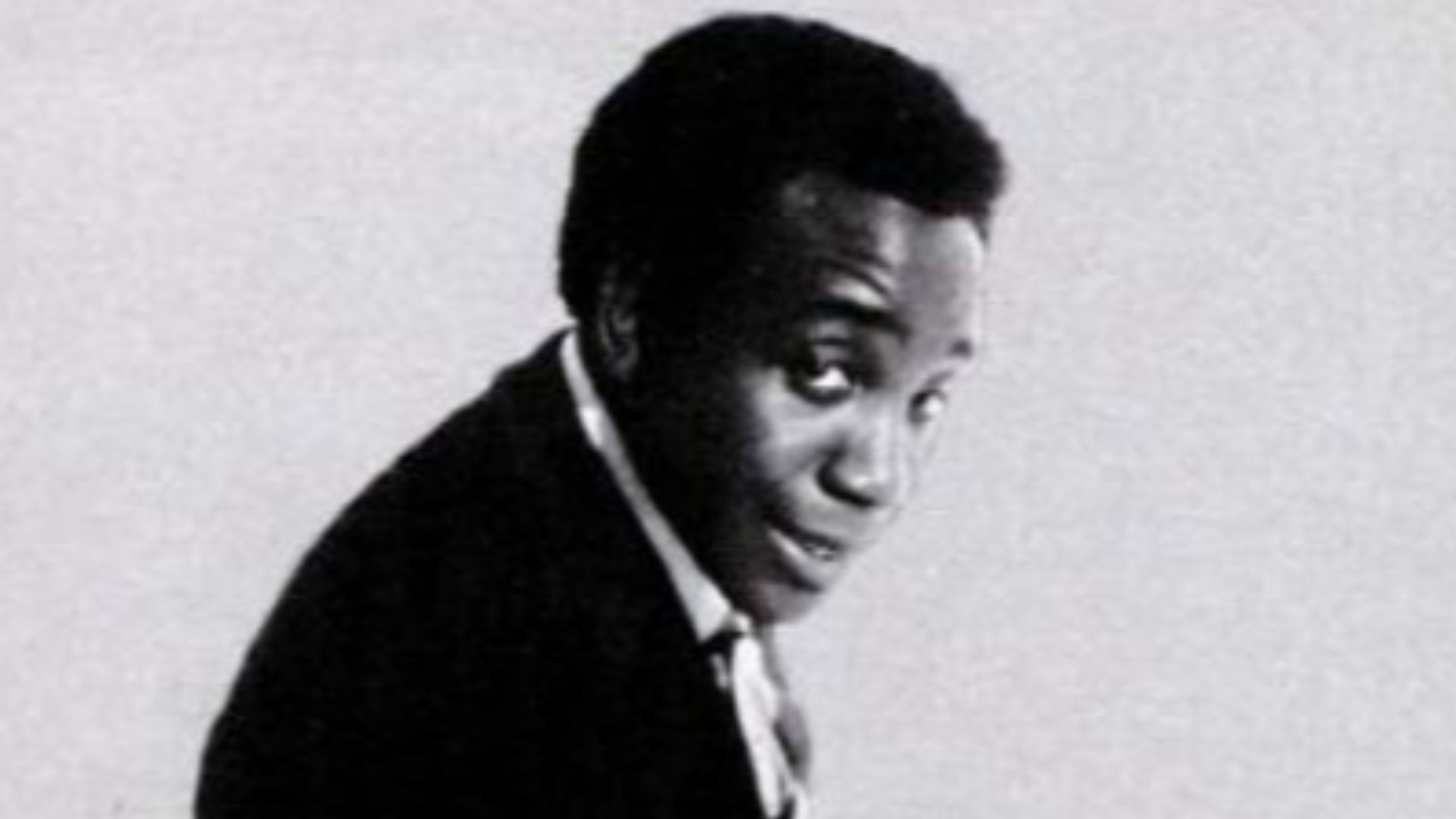 Mercury Records, Wikimedia Commons
Mercury Records, Wikimedia Commons
"Oh Lonesome Me" – Don Gibson (1957)
The 1957 "Oh Lonesome Me" was a game-changer in country music, introducing a more polished, pop-friendly sound. Its upbeat tempo, in contrast to its sorrowful lyrics, resonated with audiences, making Gibson a major star. Neil Young later gave it a darker, folk-rock interpretation and proved the song's versatility.
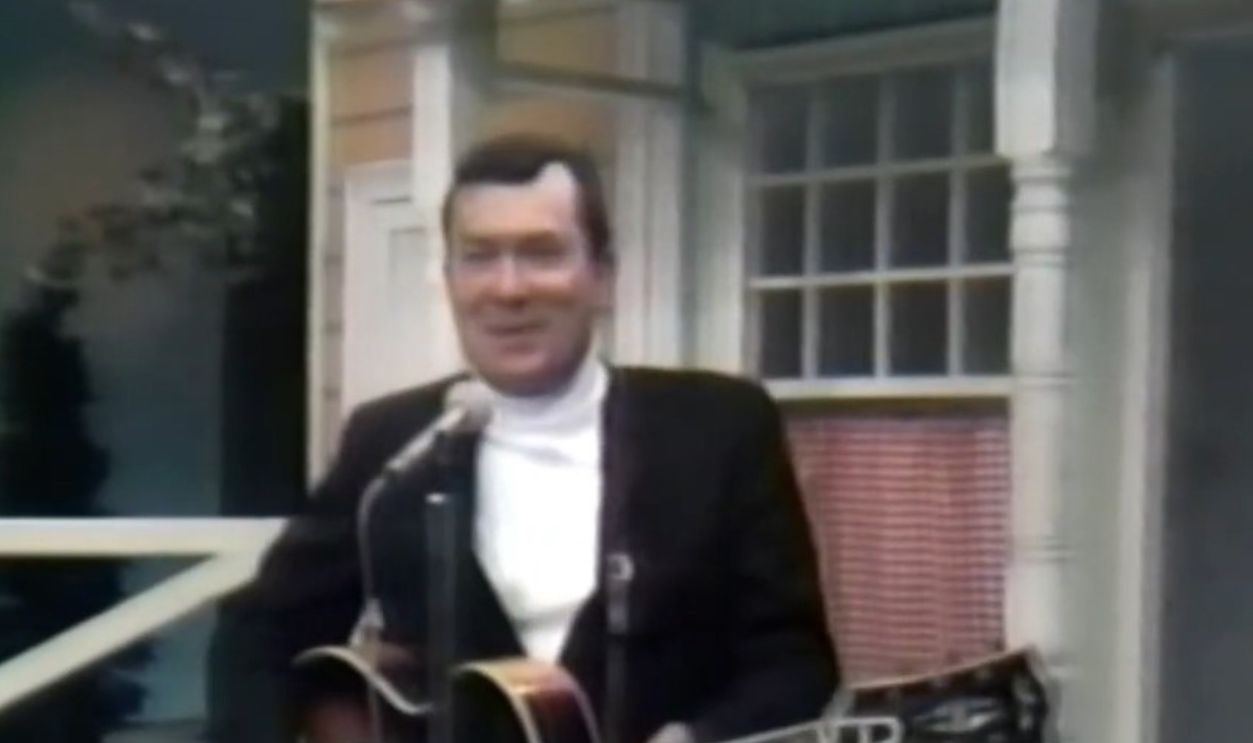 Don Gibson - Oh, Lonesome Me 1968 by When The Cowboy Sings: History Of Country Music
Don Gibson - Oh, Lonesome Me 1968 by When The Cowboy Sings: History Of Country Music
"Ain't That A Shame" – Fats Domino (1955)
As one of the first R&B songs to cross into mainstream pop, "Ain't That a Shame" helped bridge racial divides in American music. Though Pat Boone's cover became a bigger hit, Domino's version had the effortless groove that made him a pioneer.


